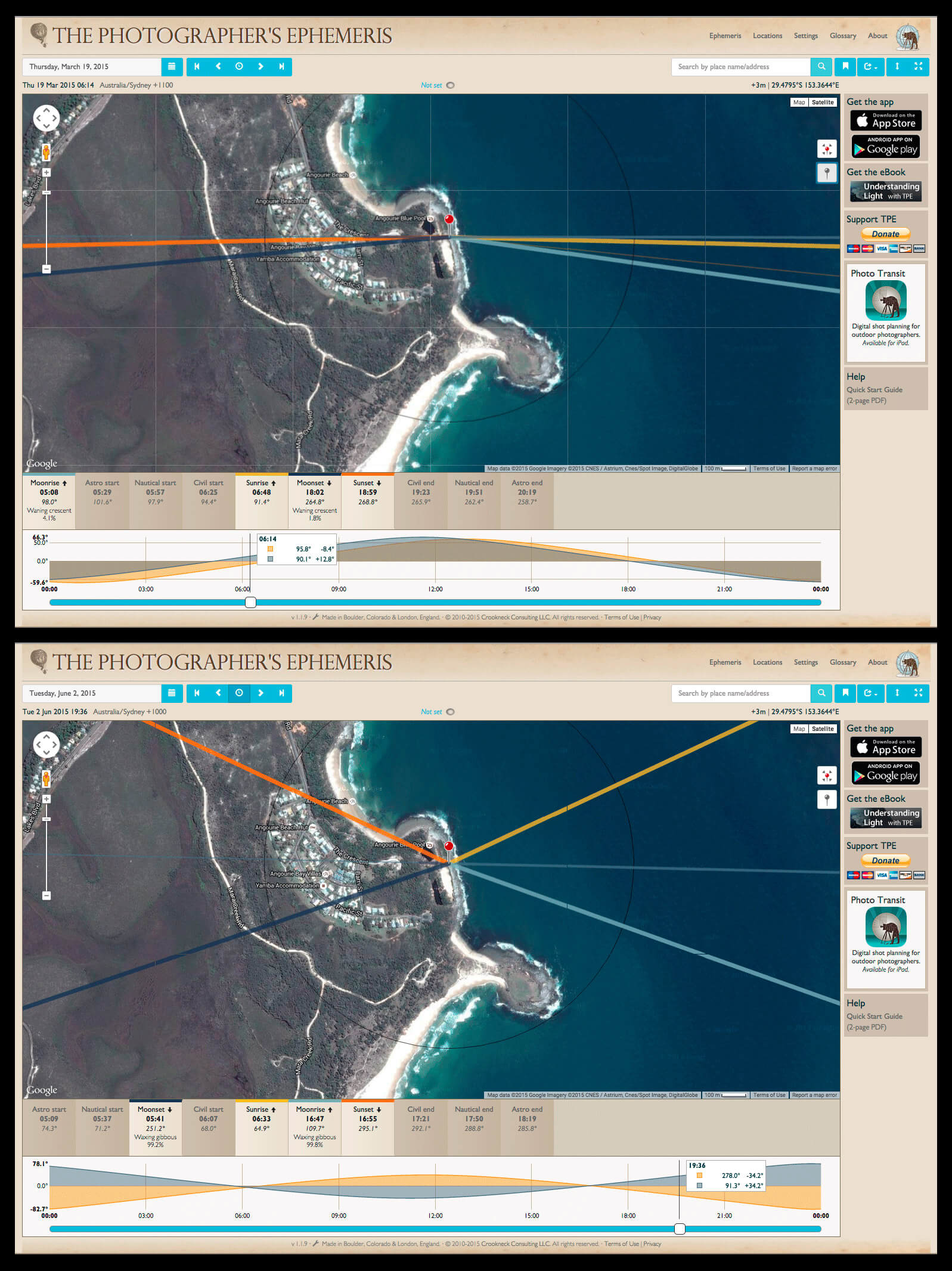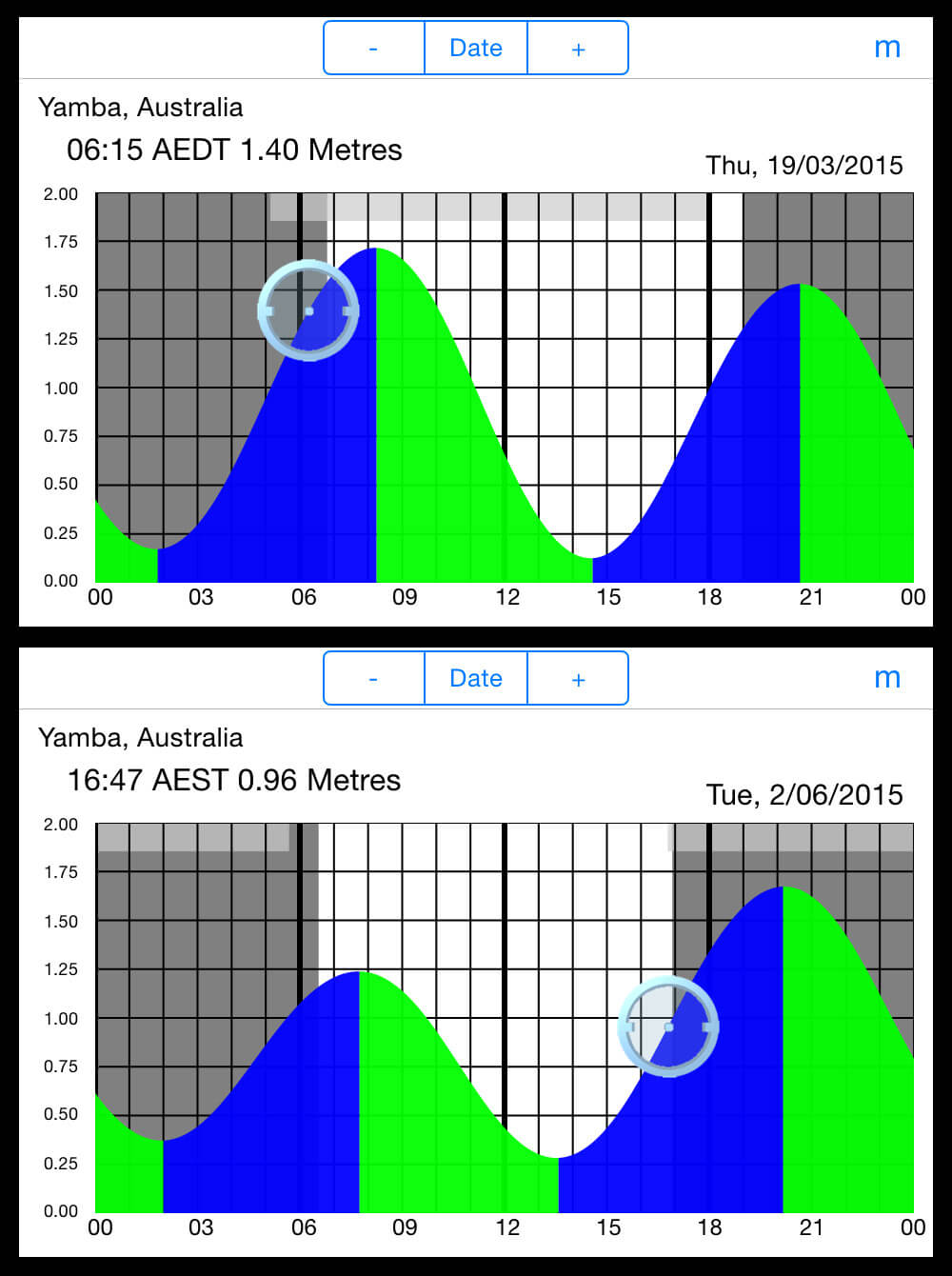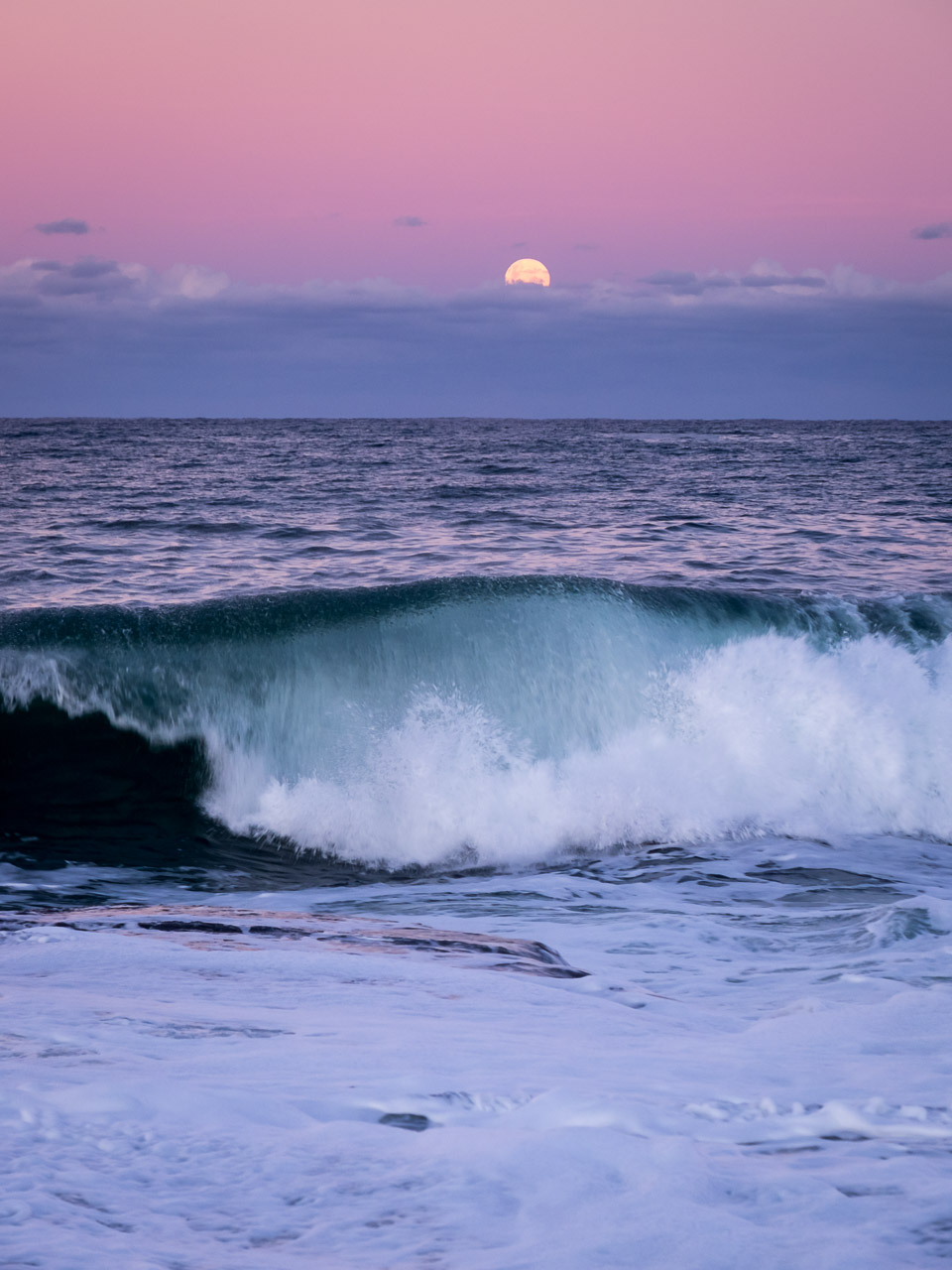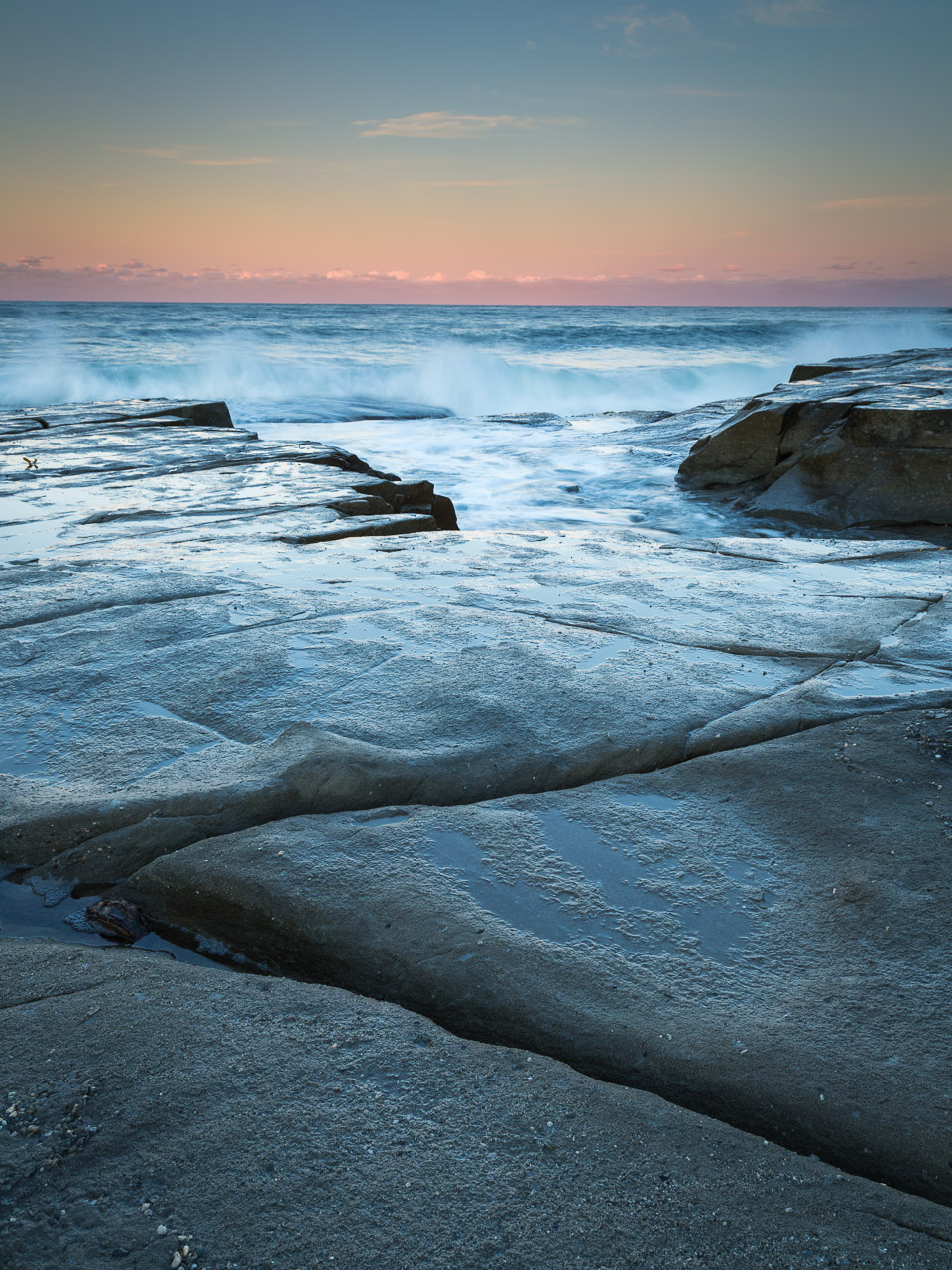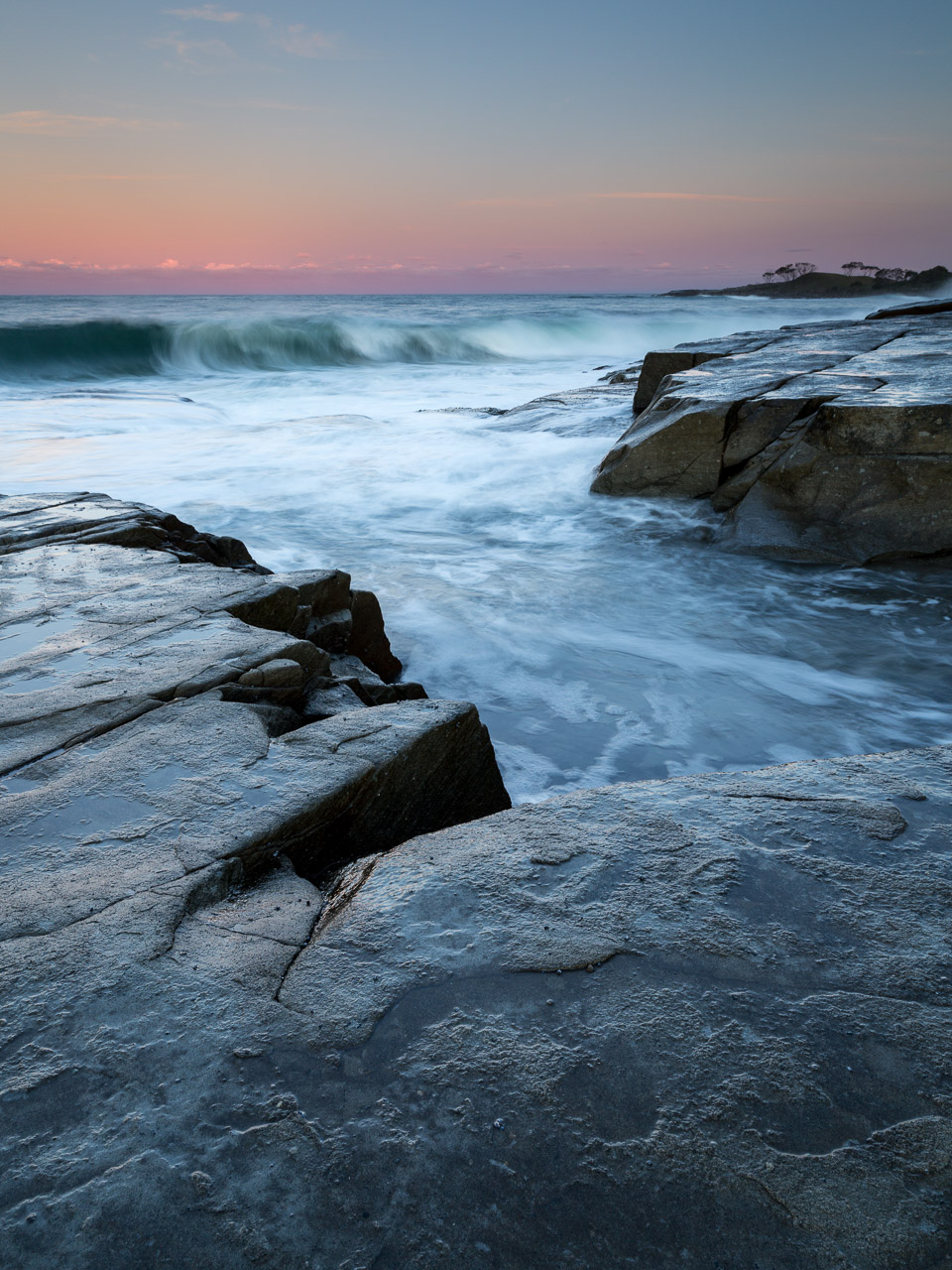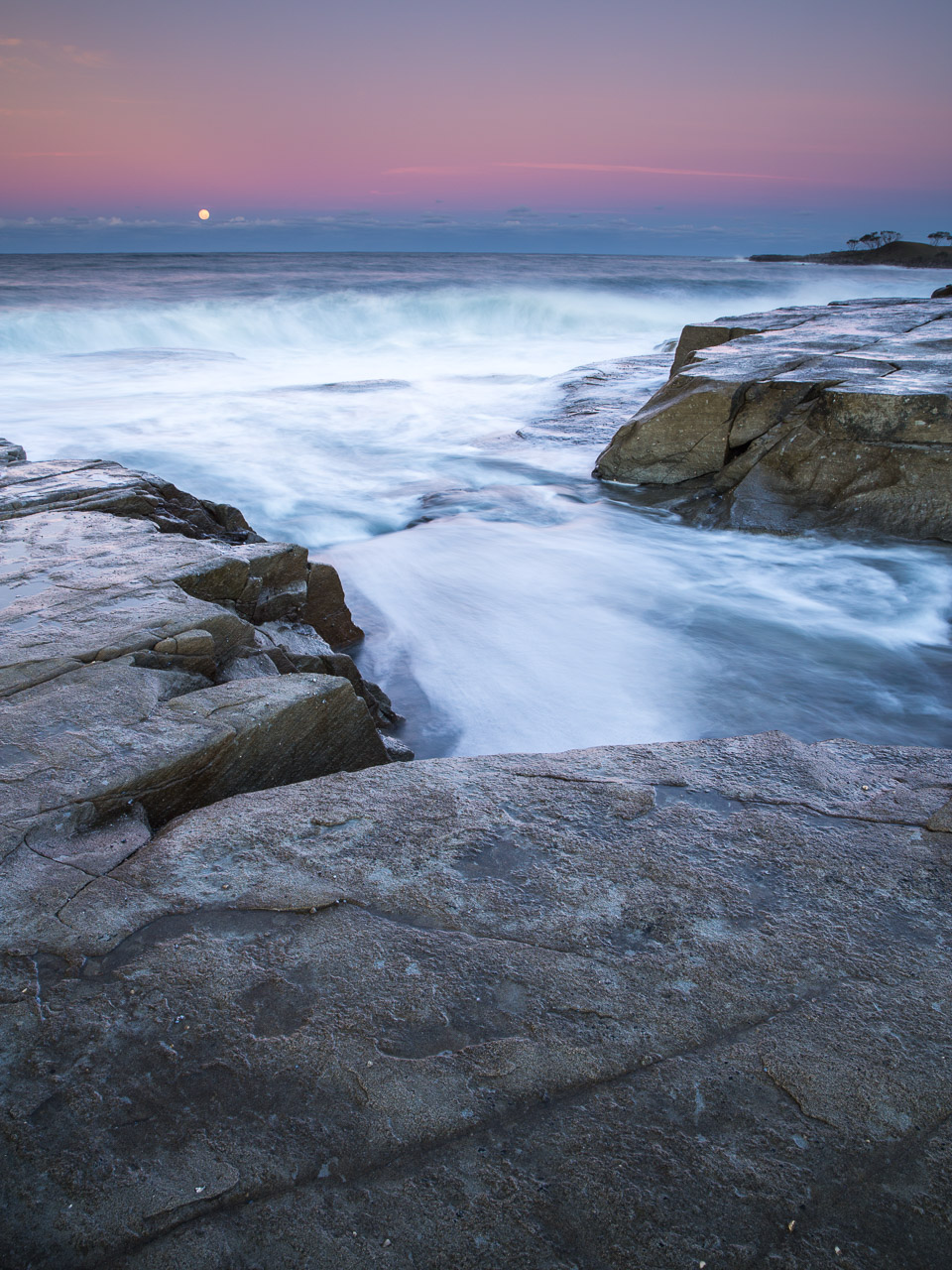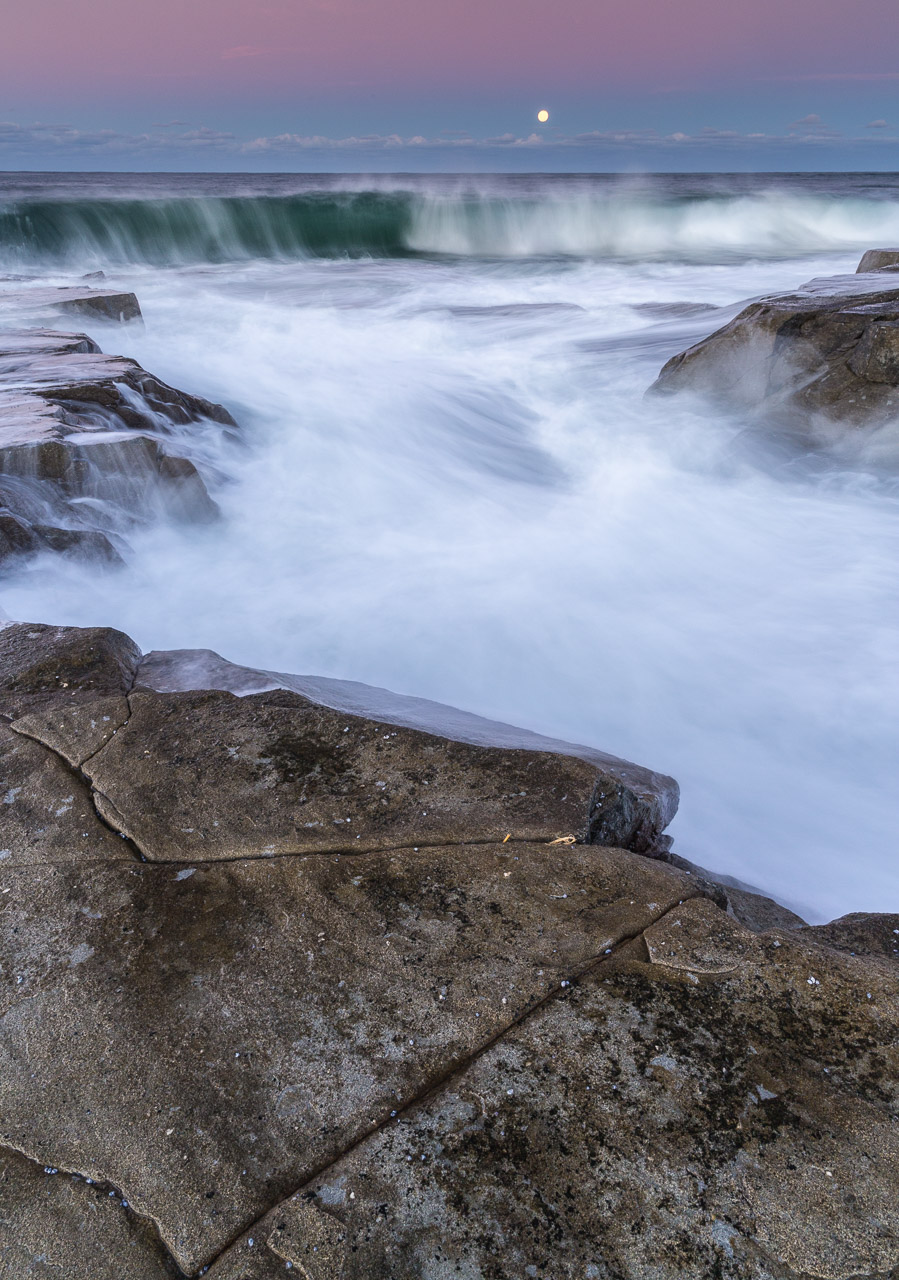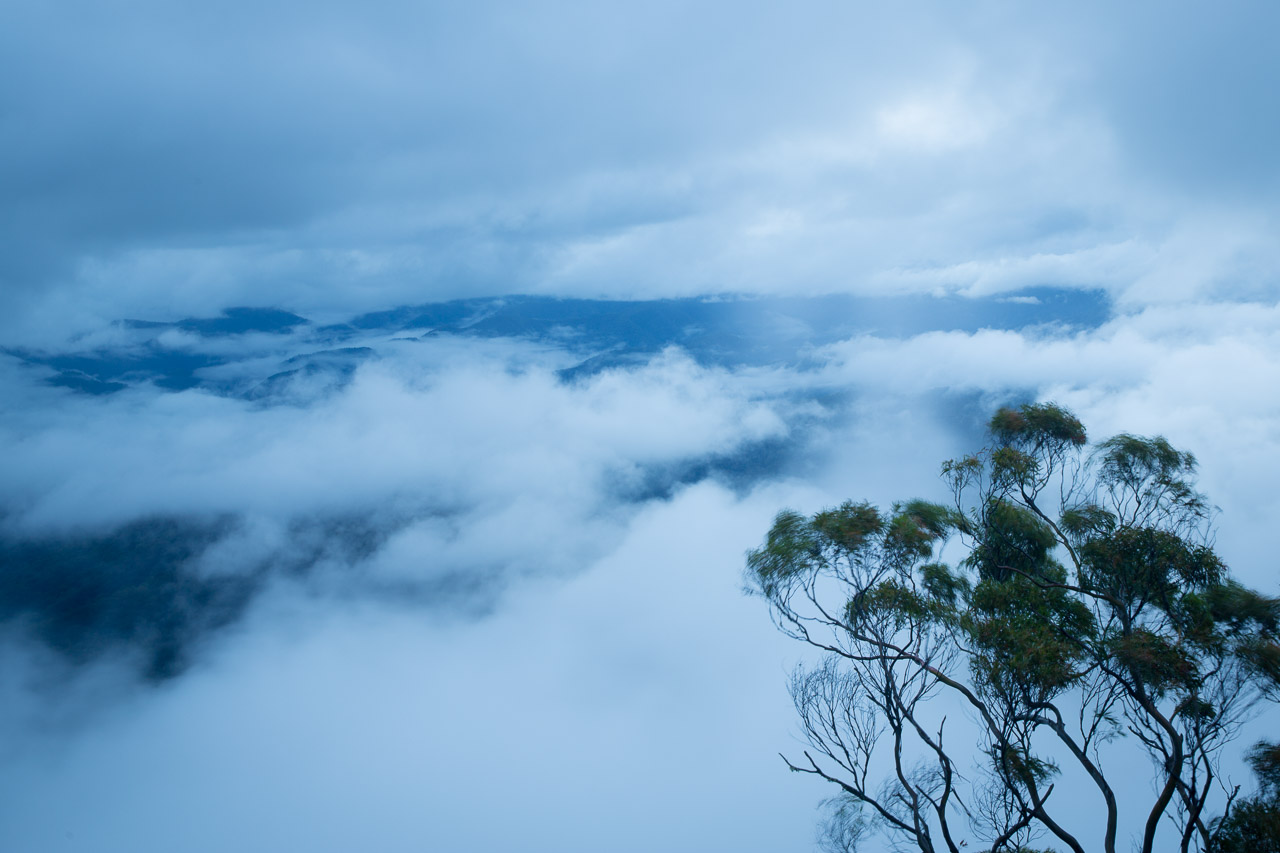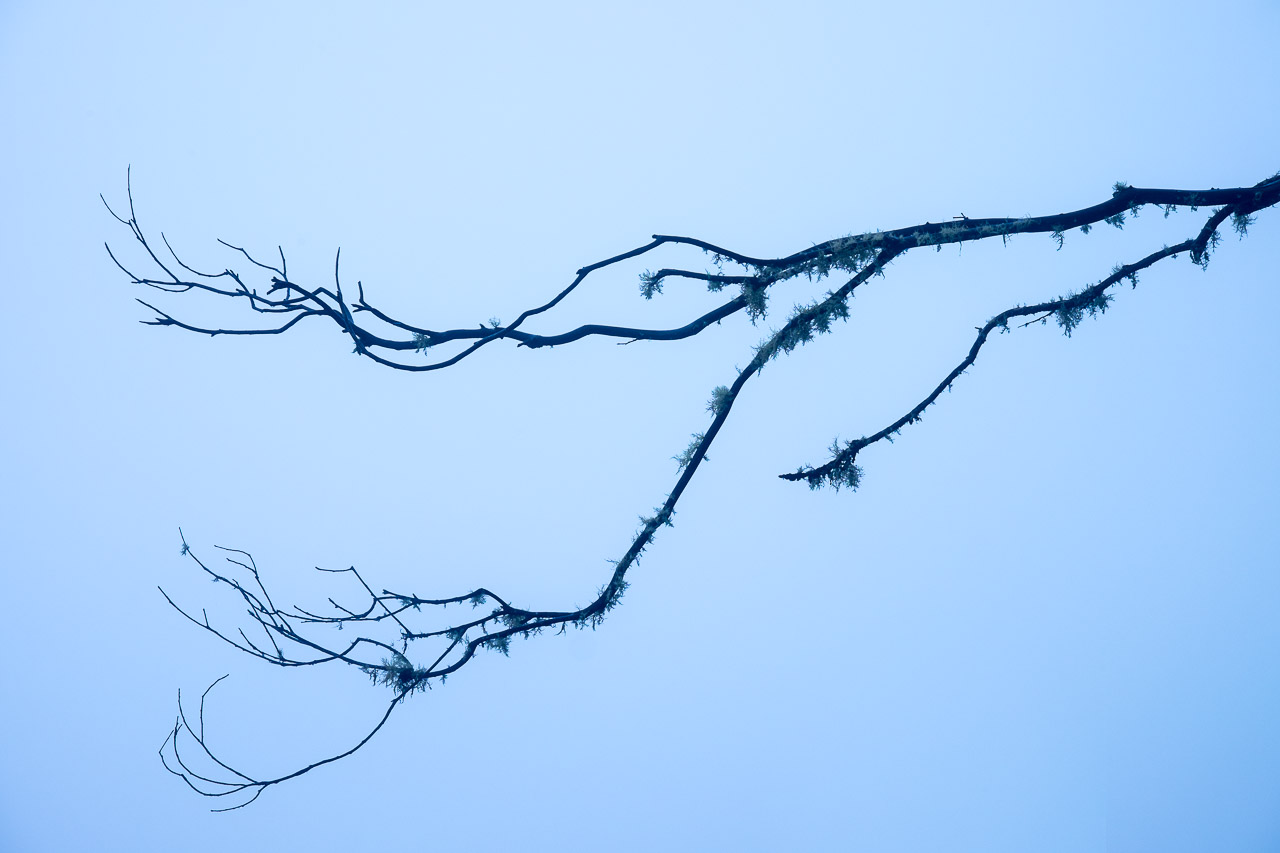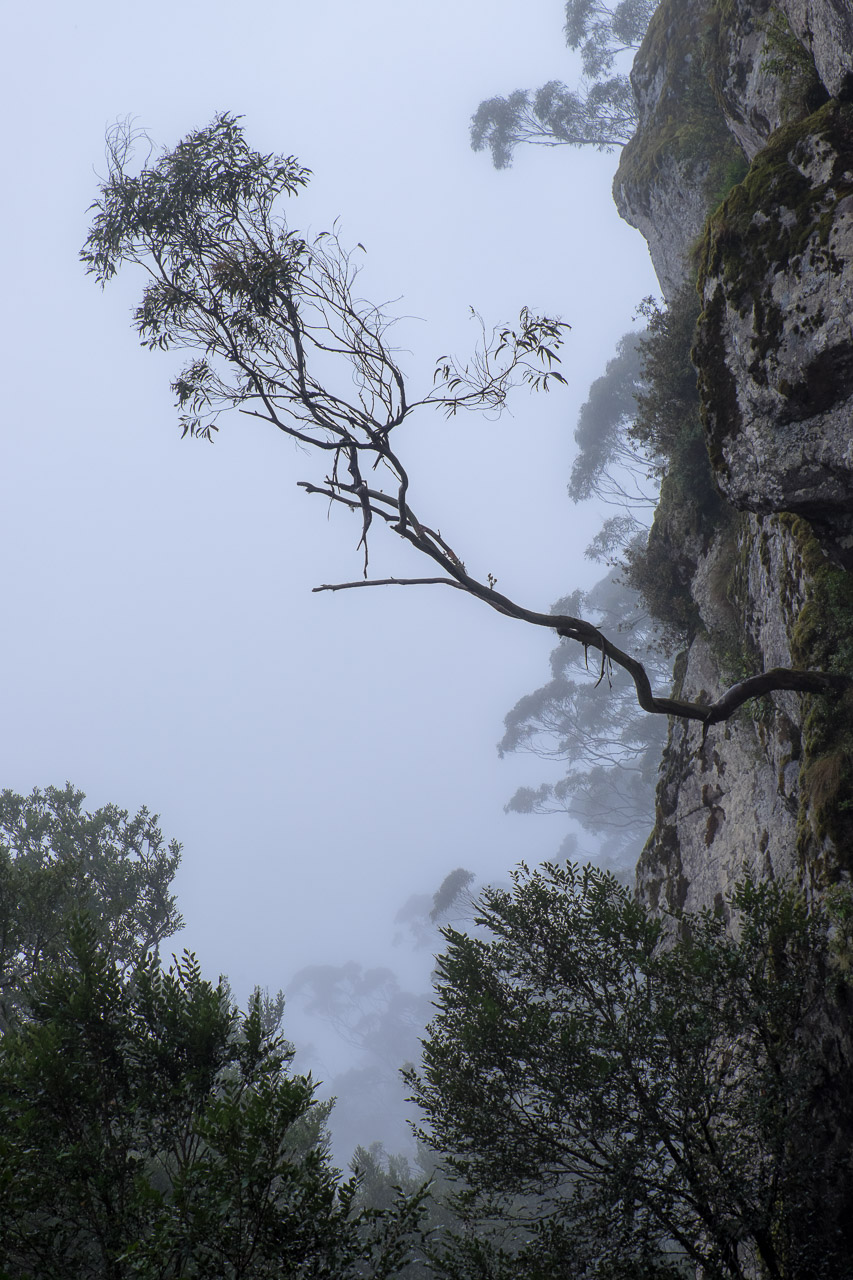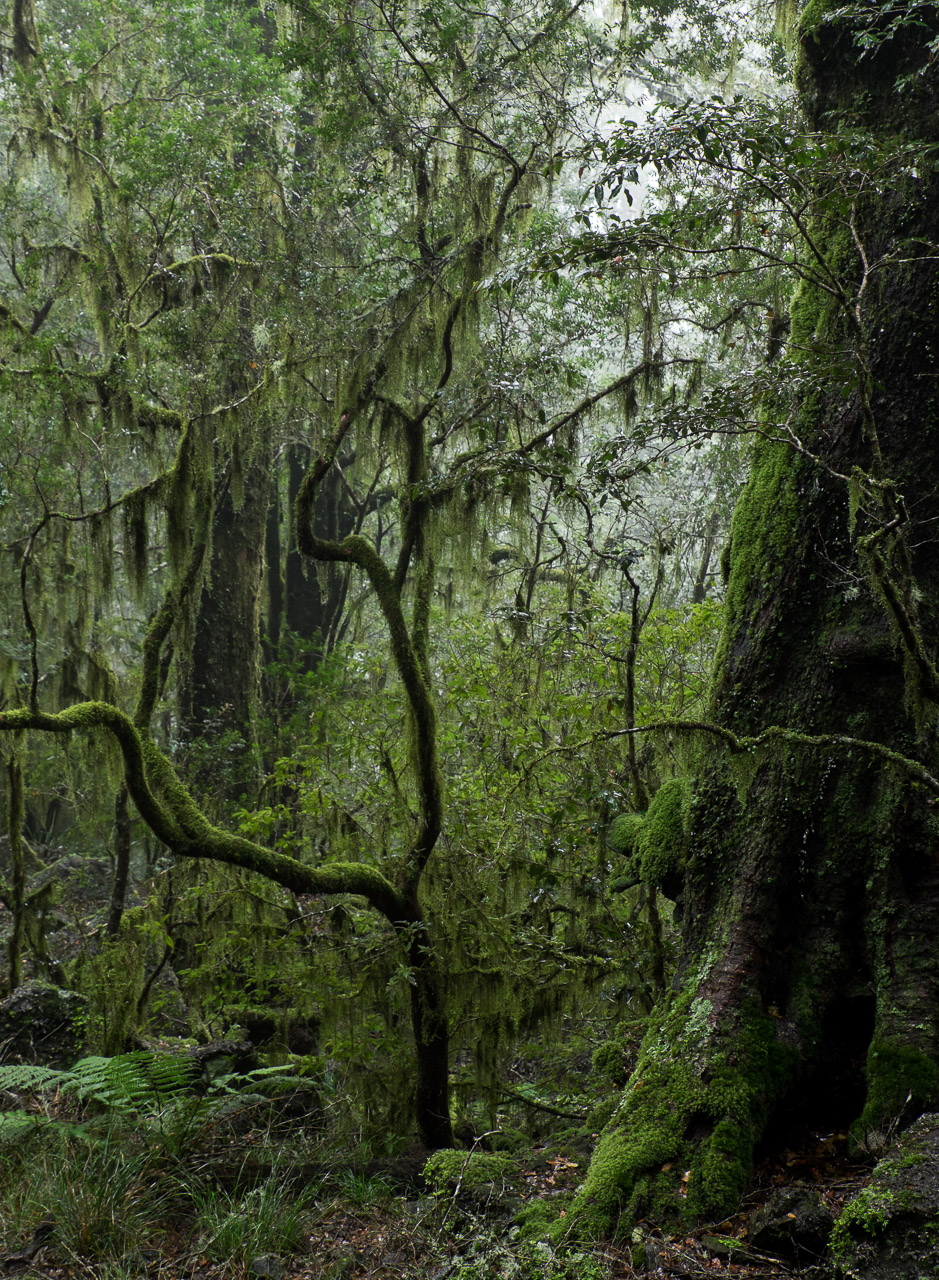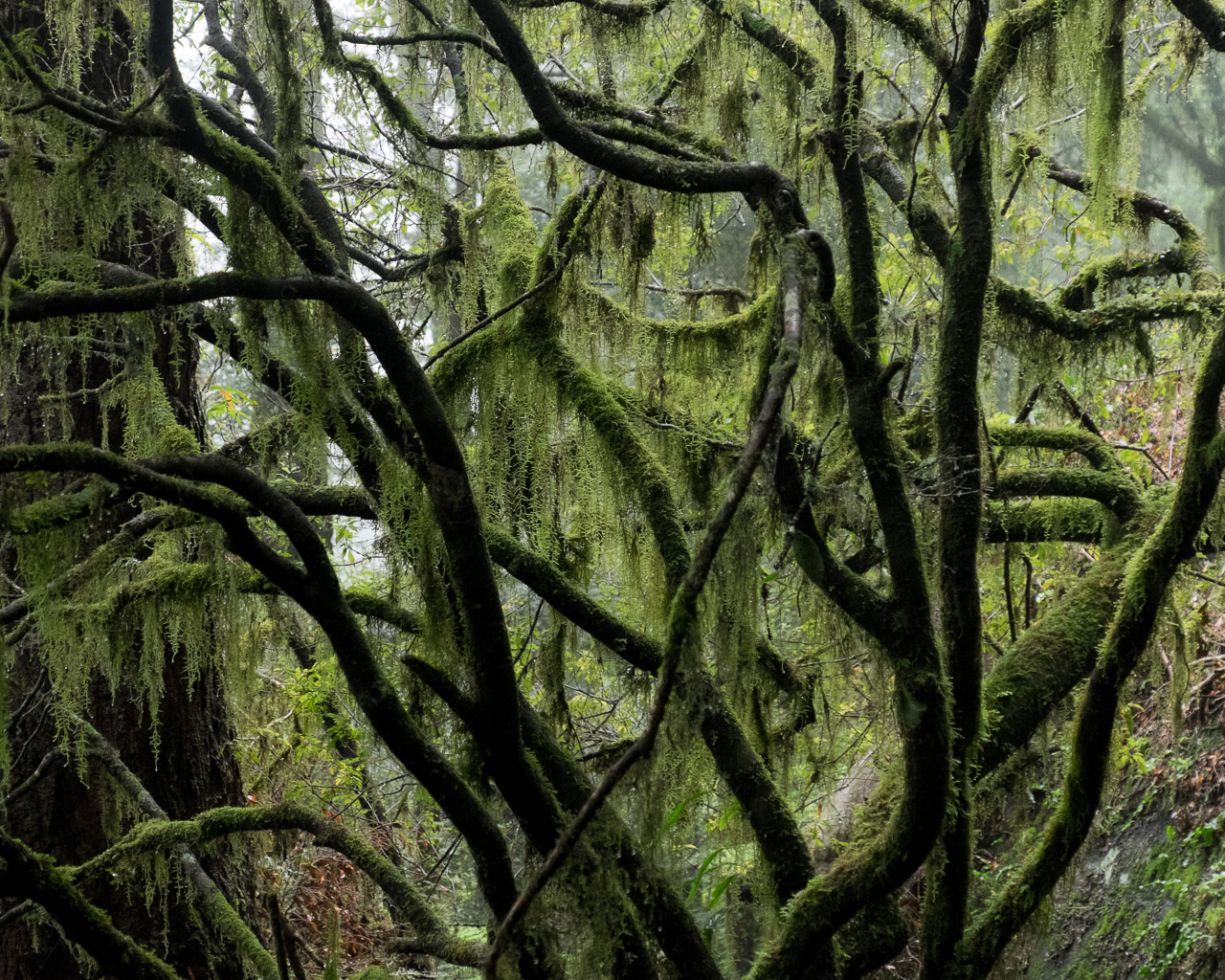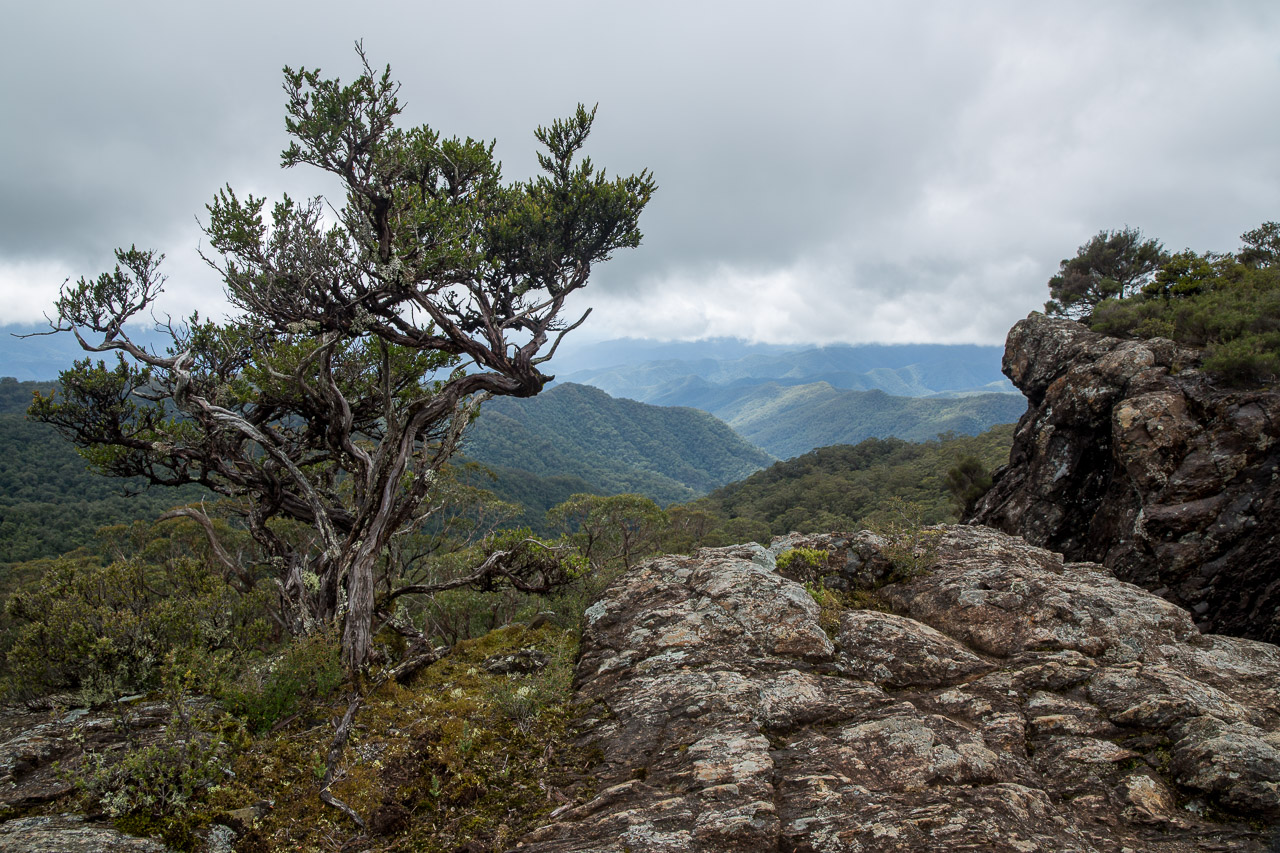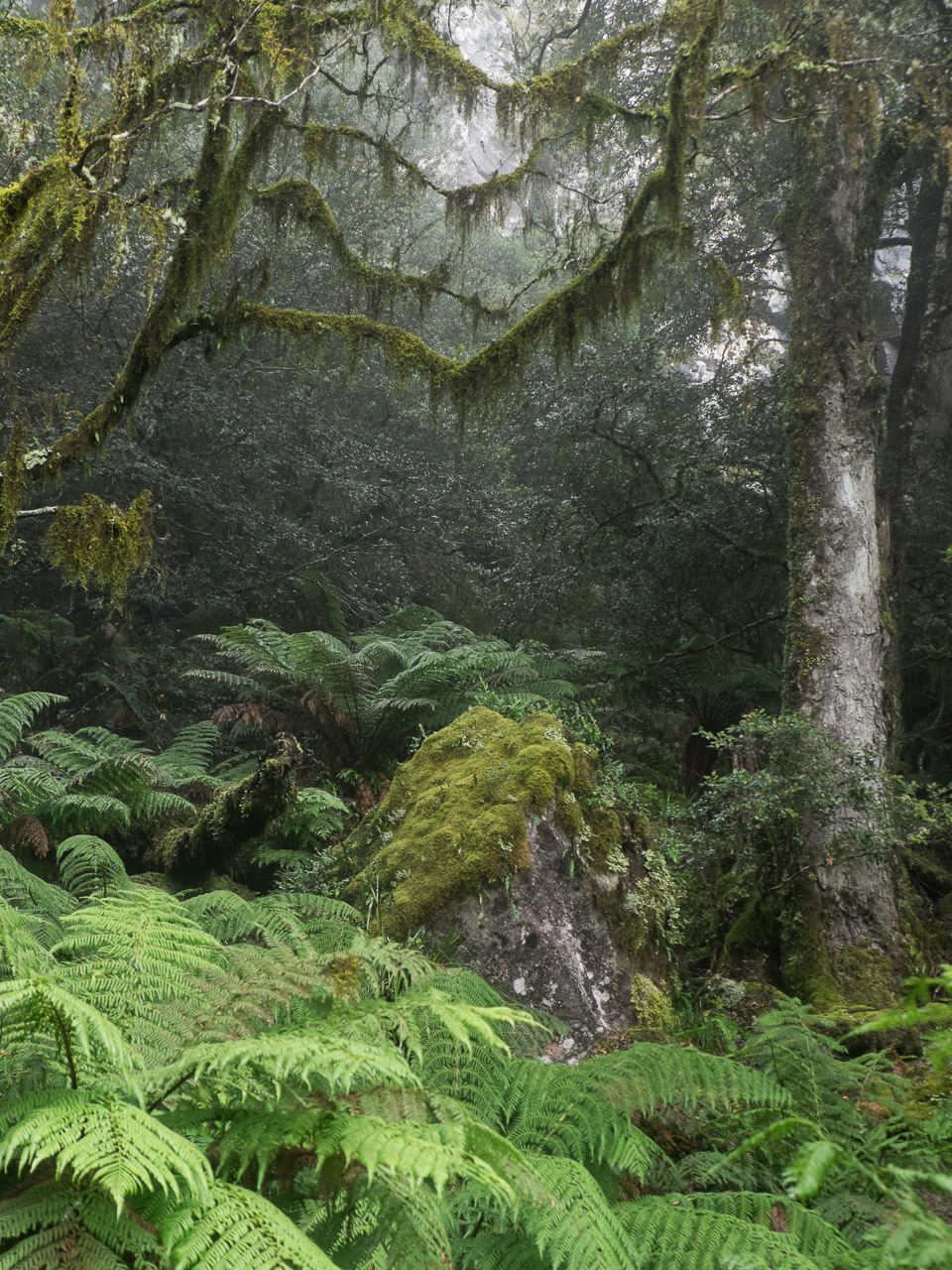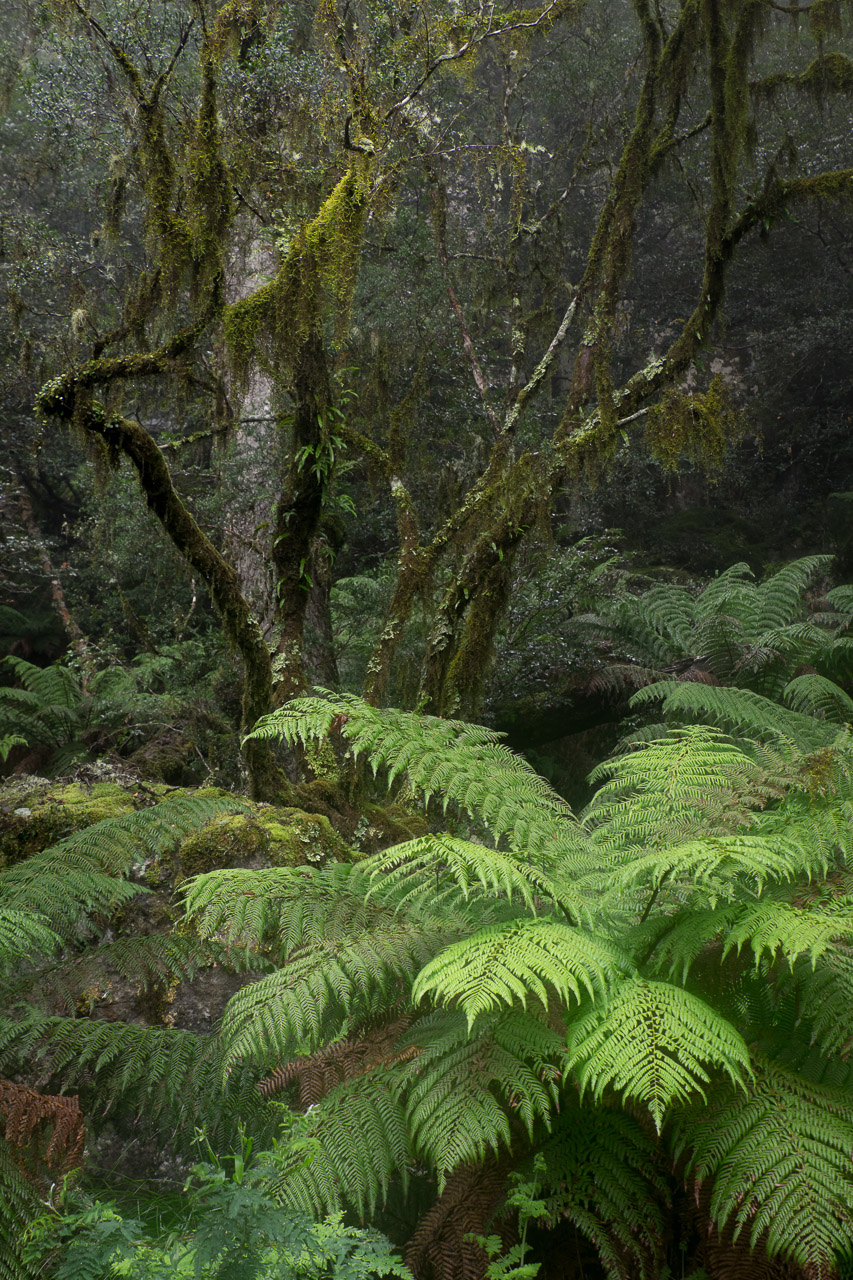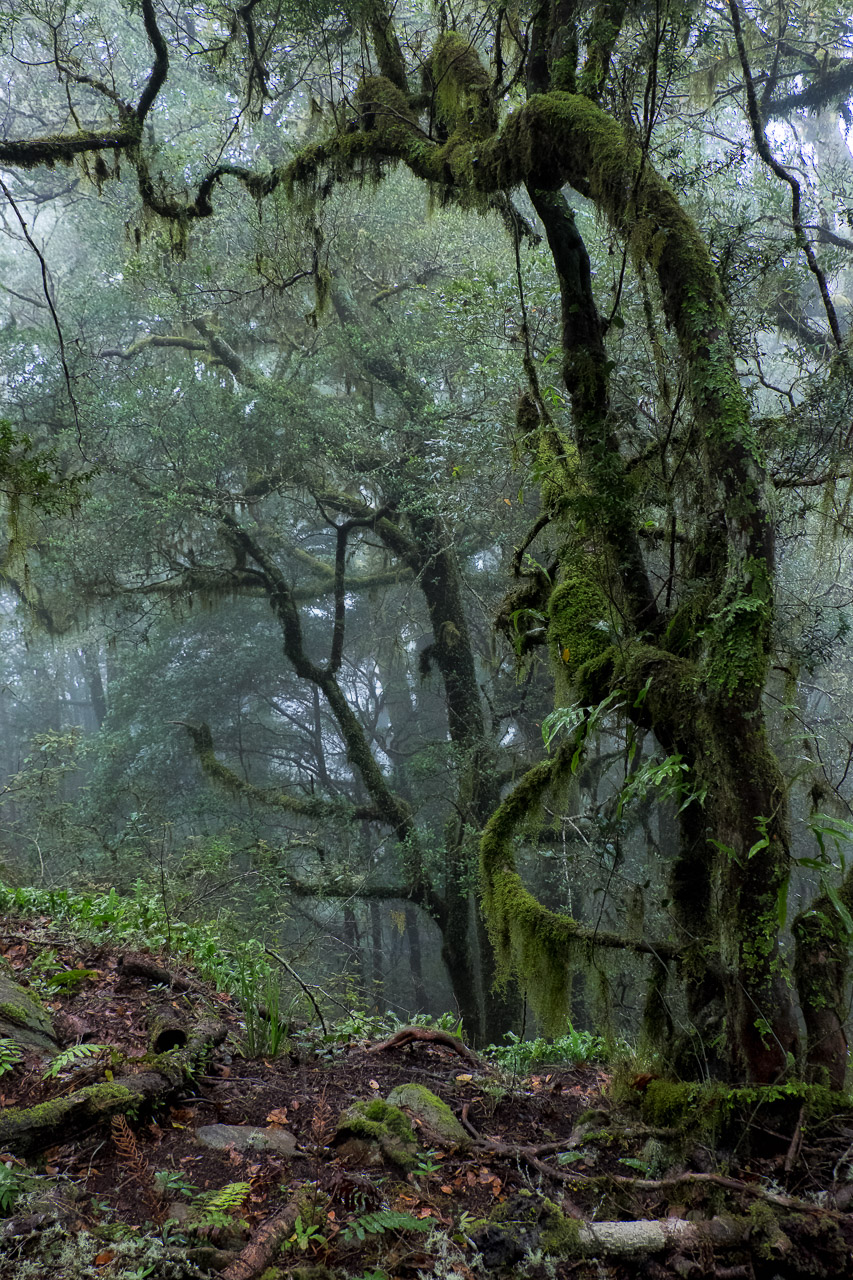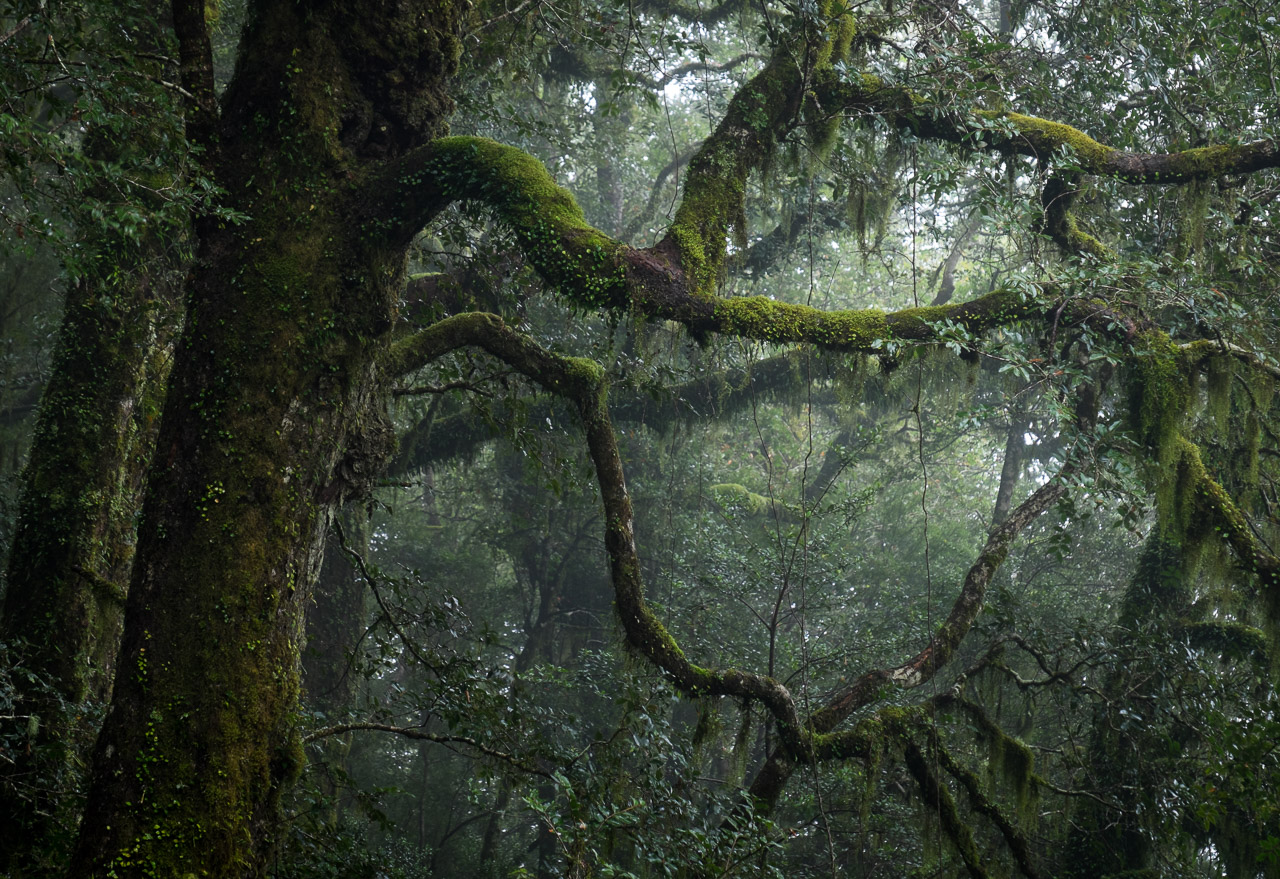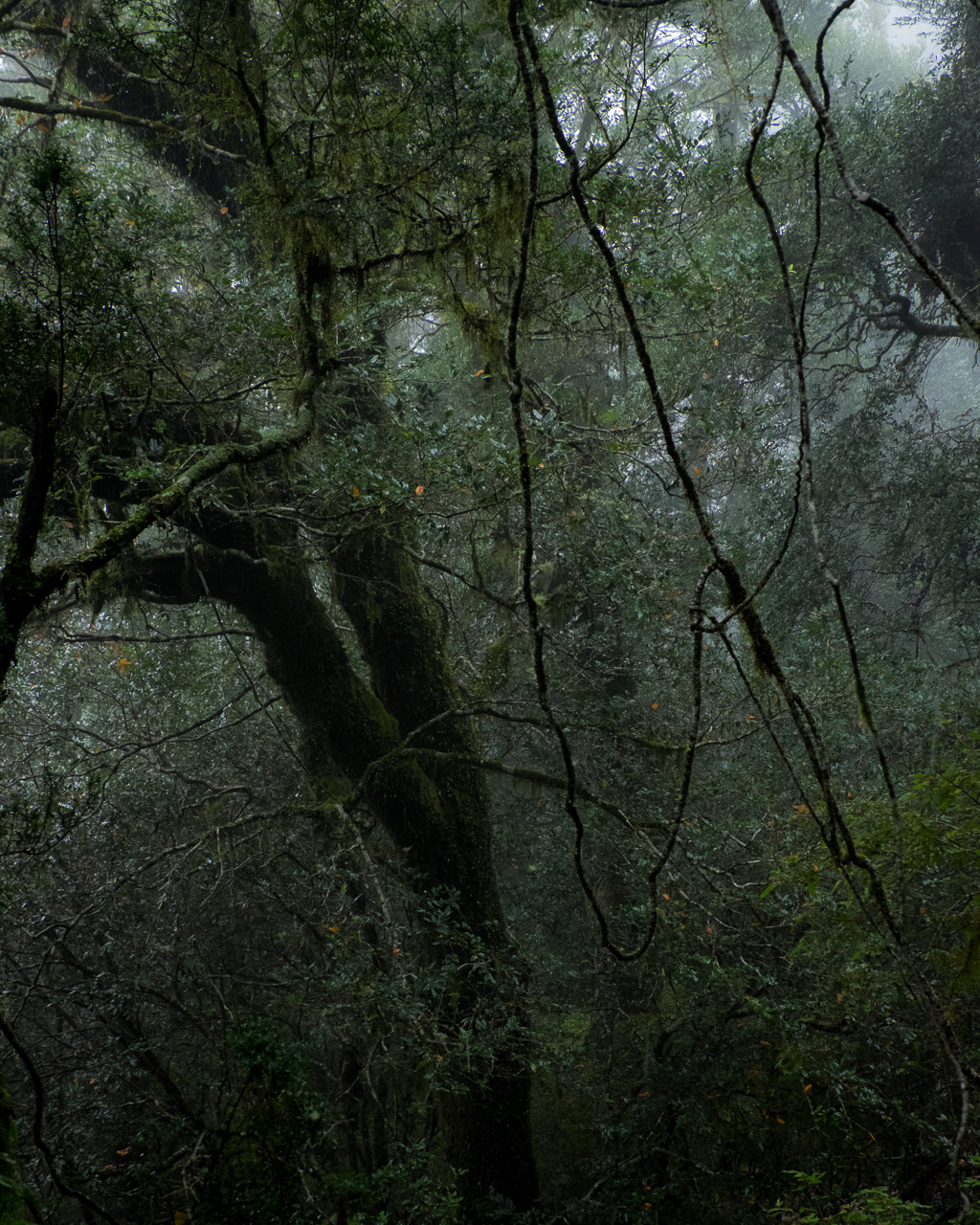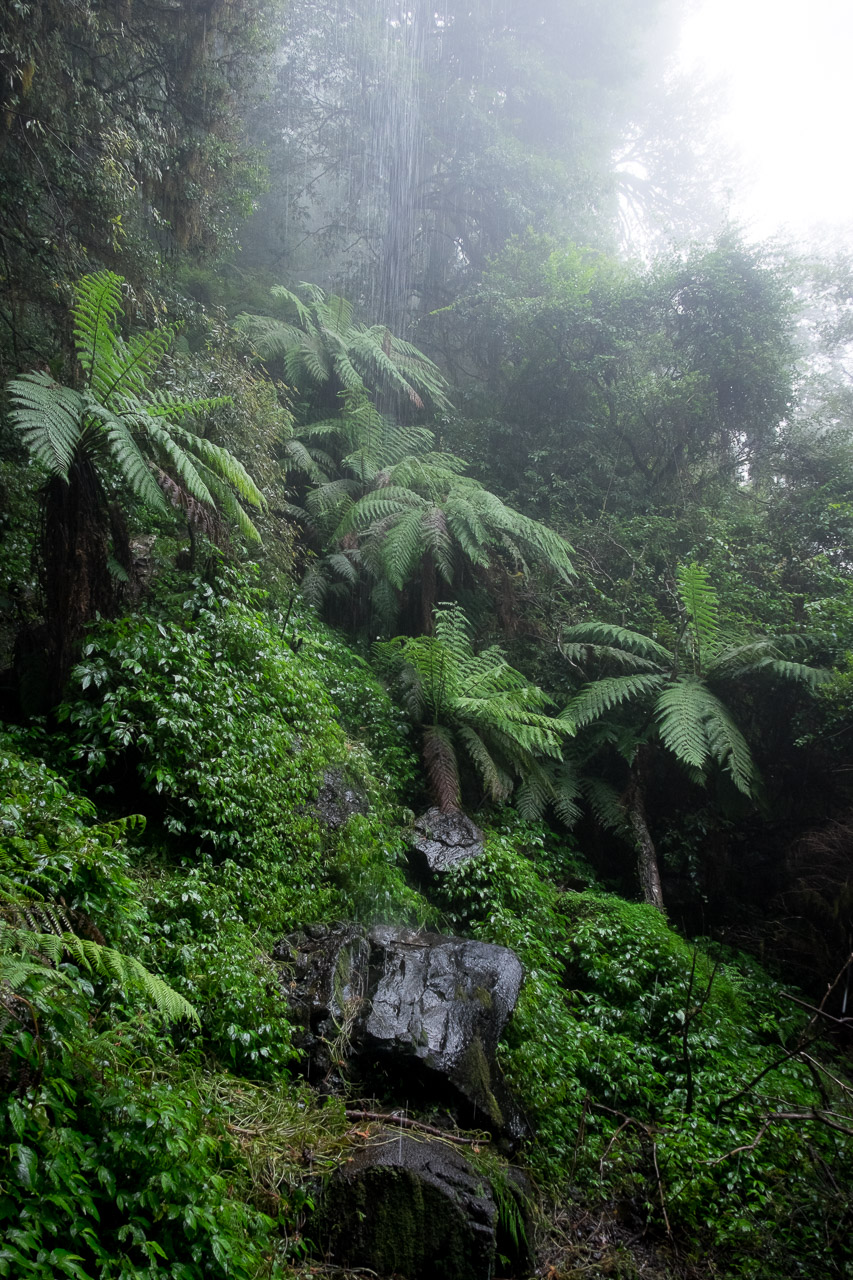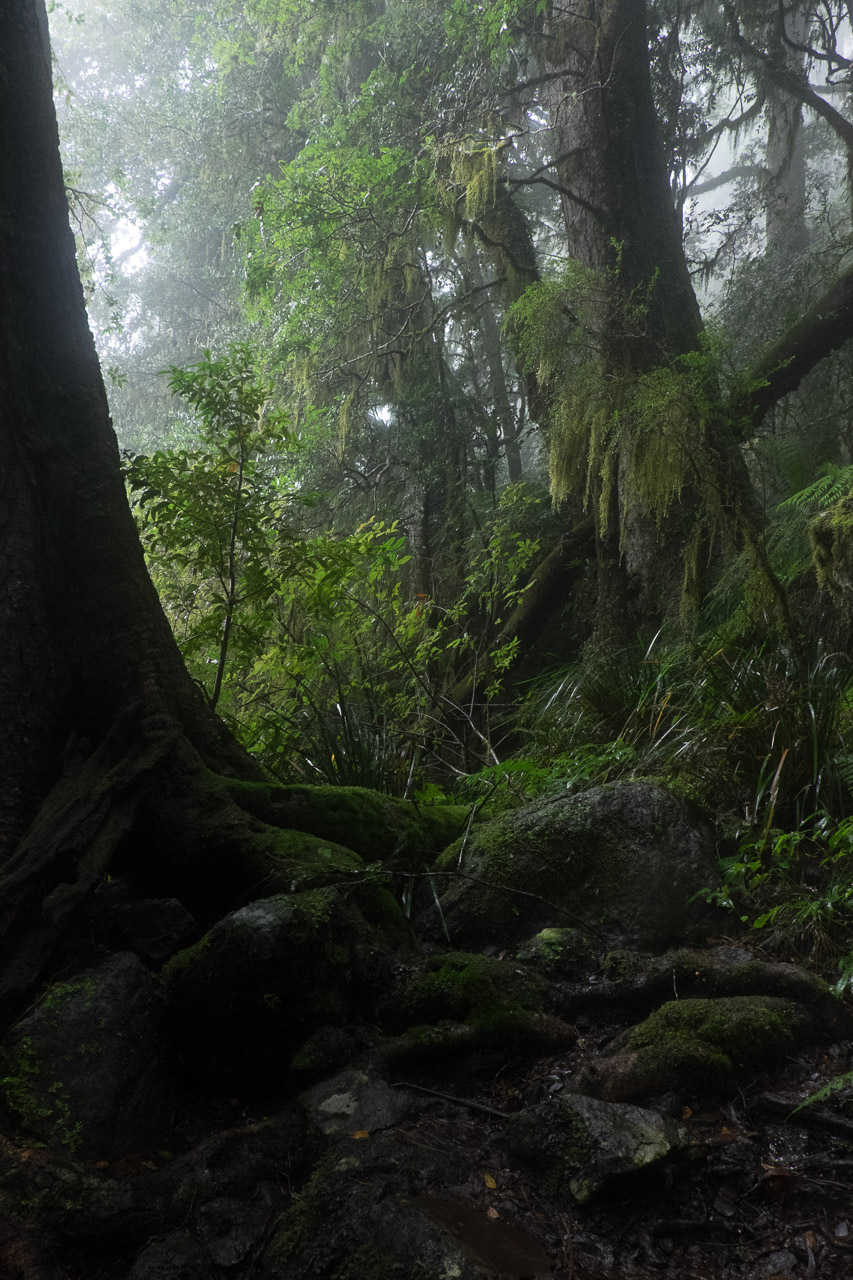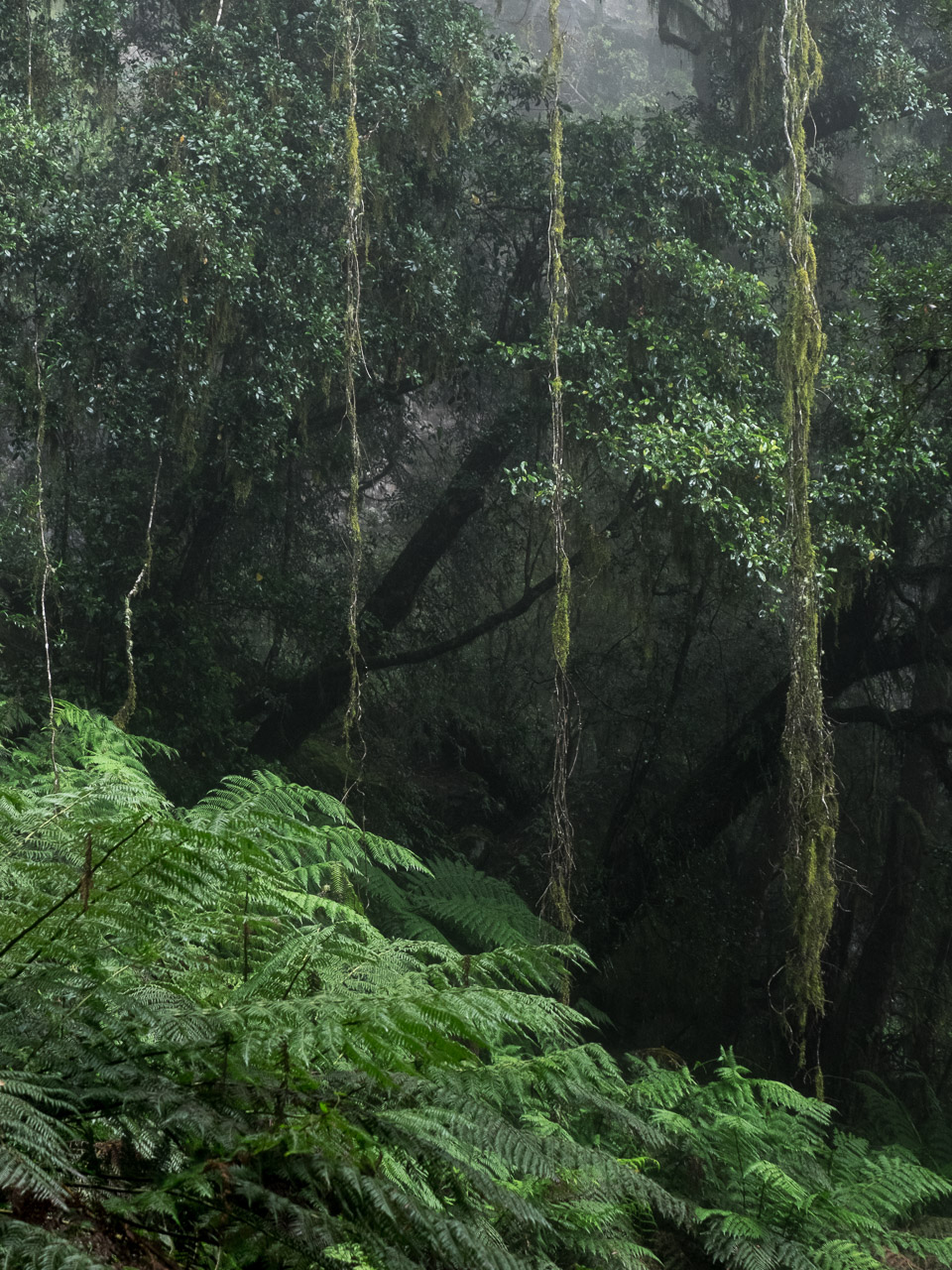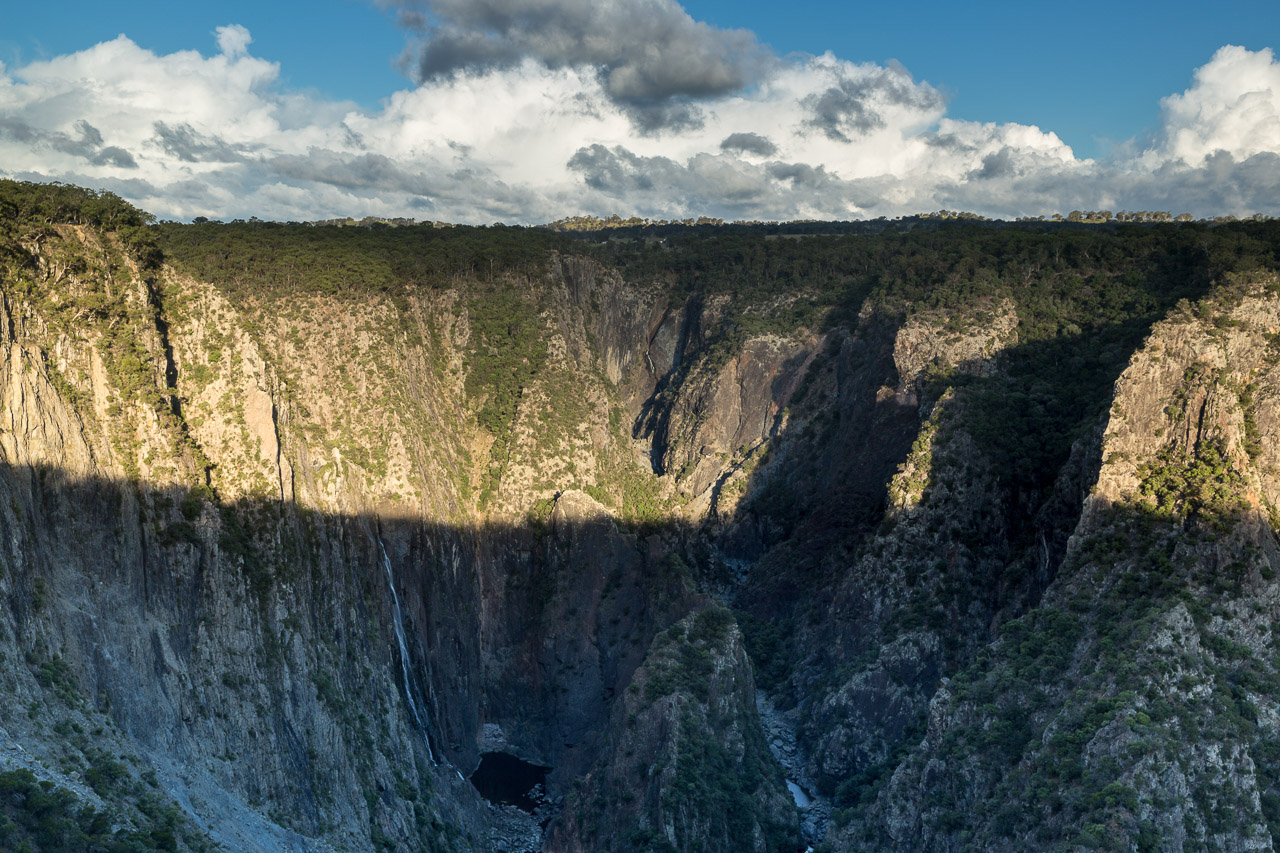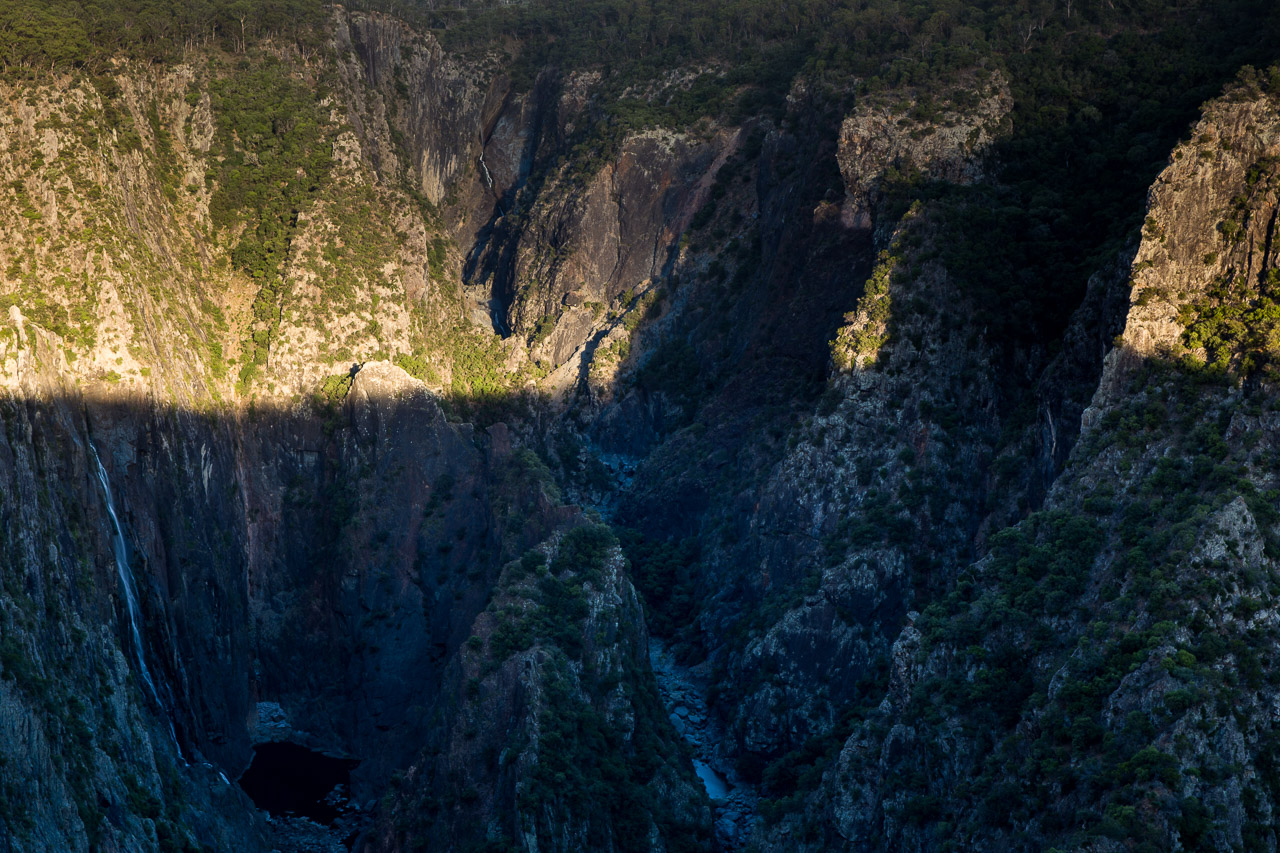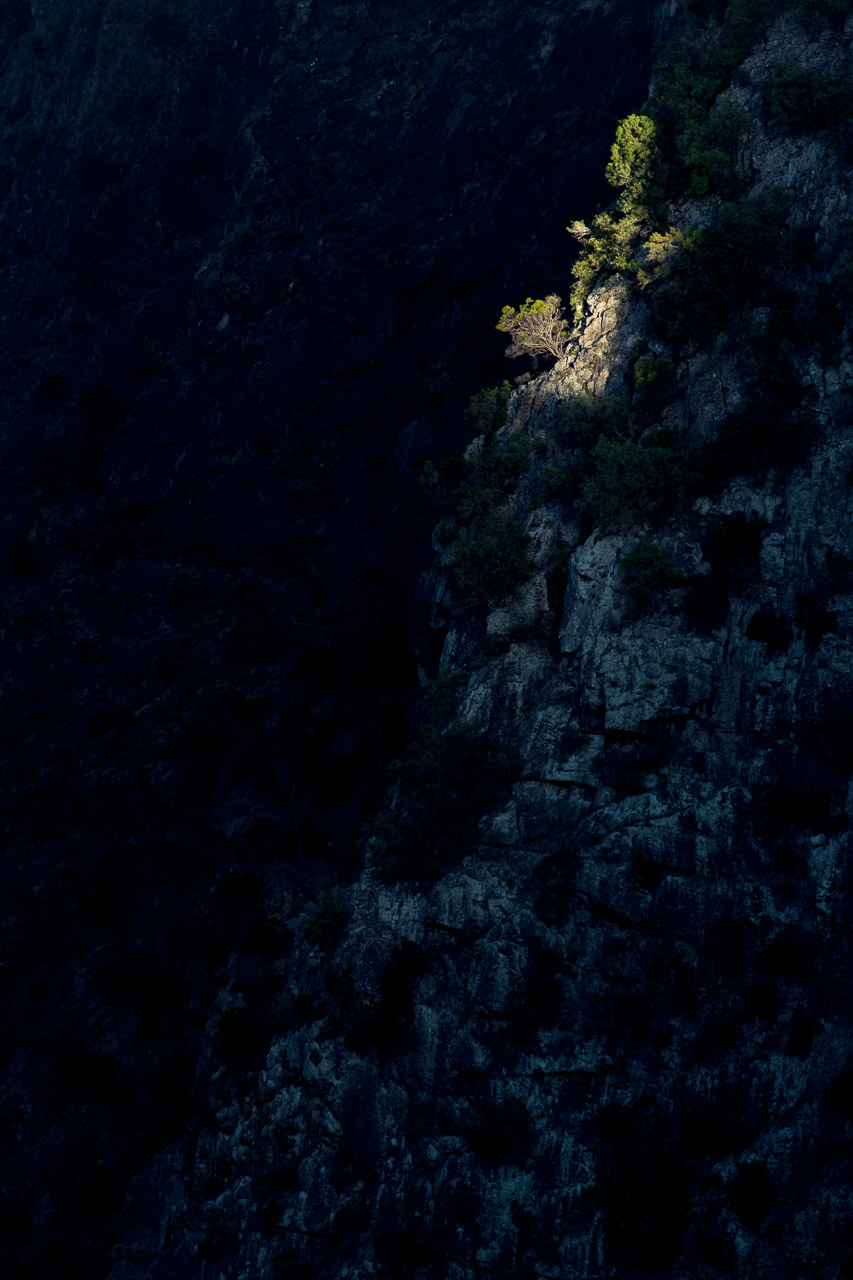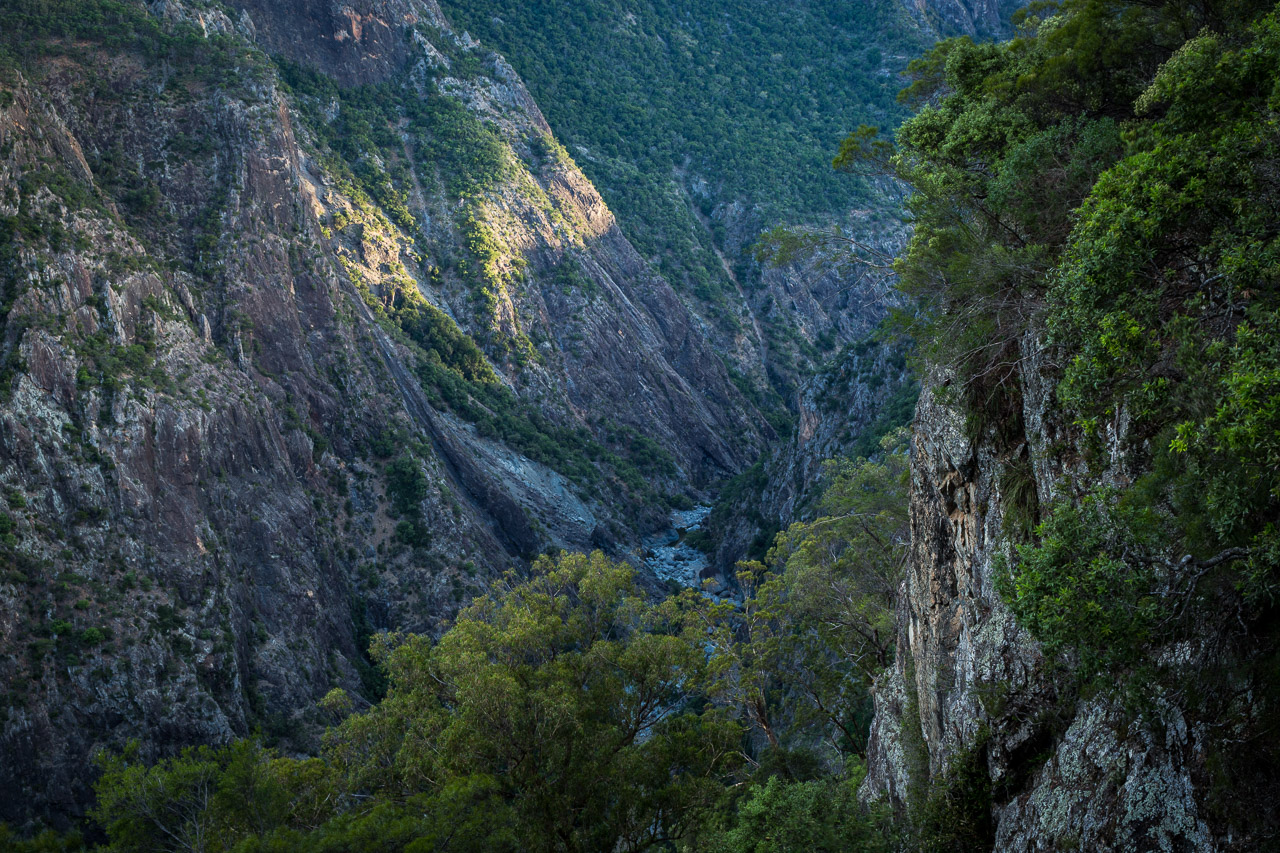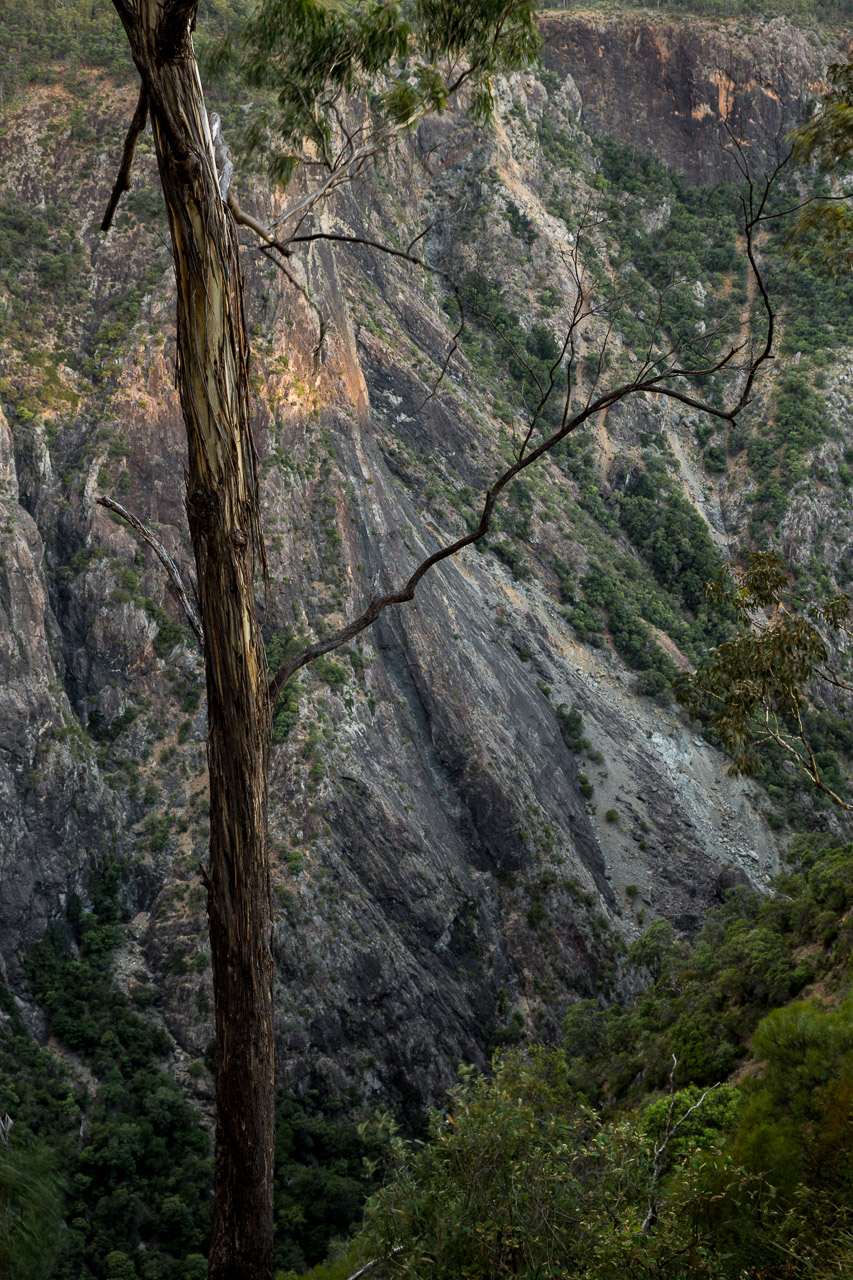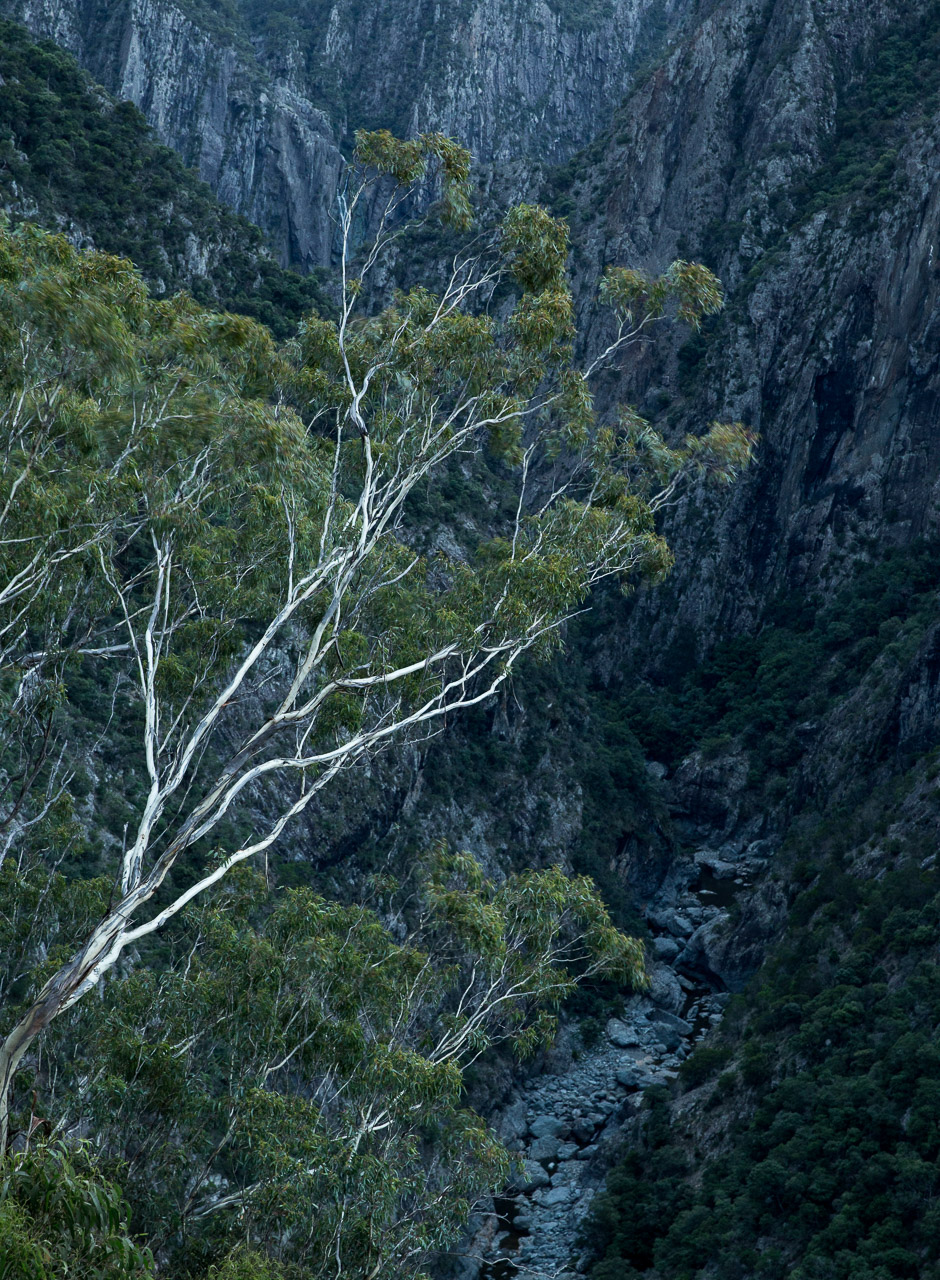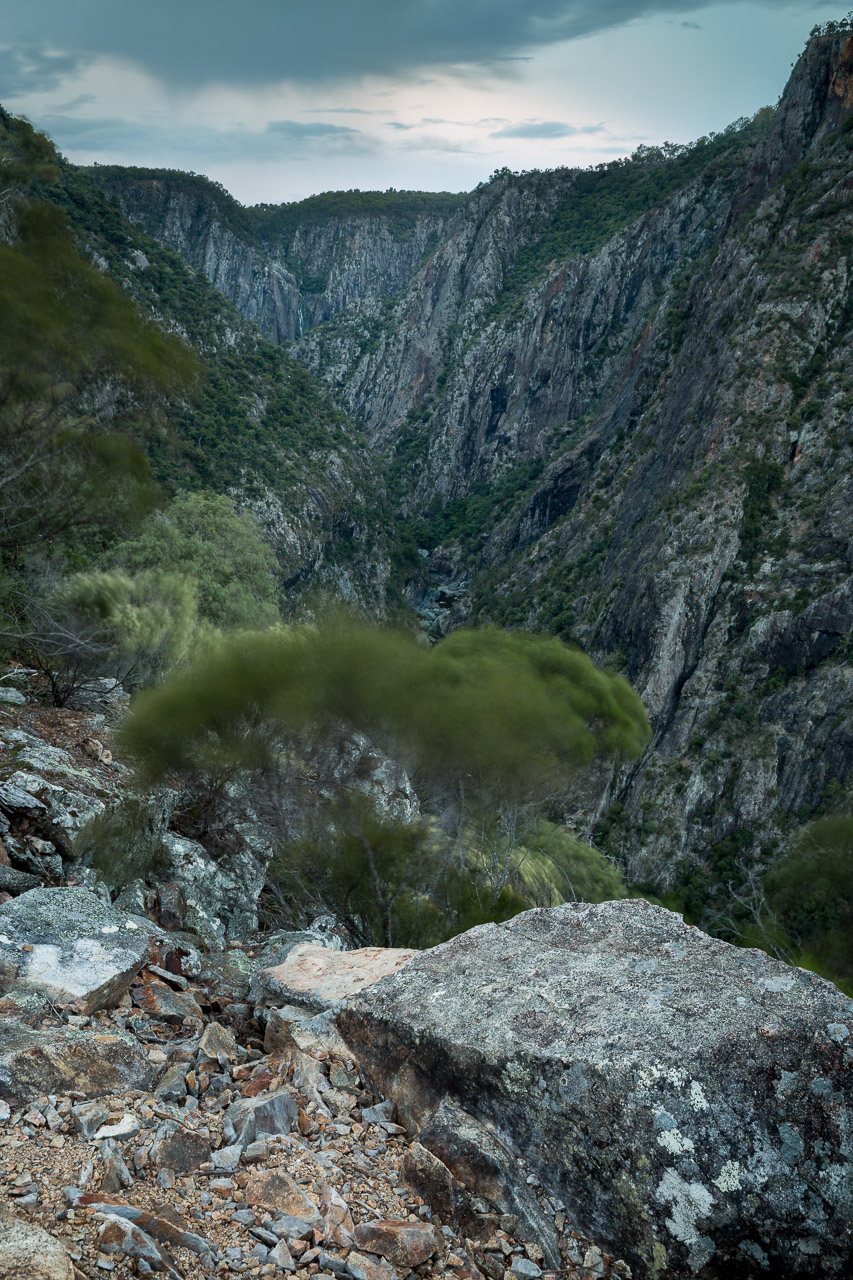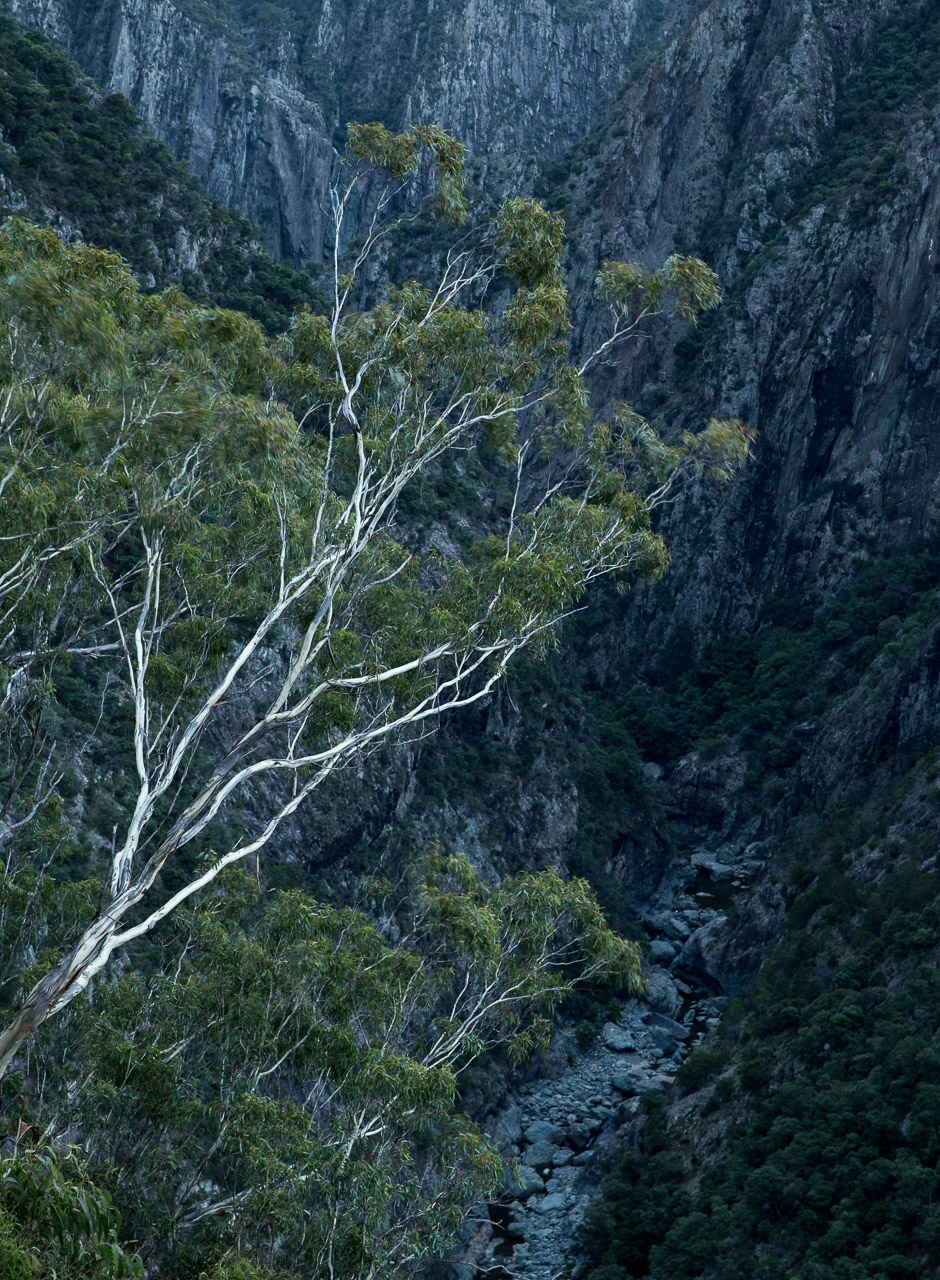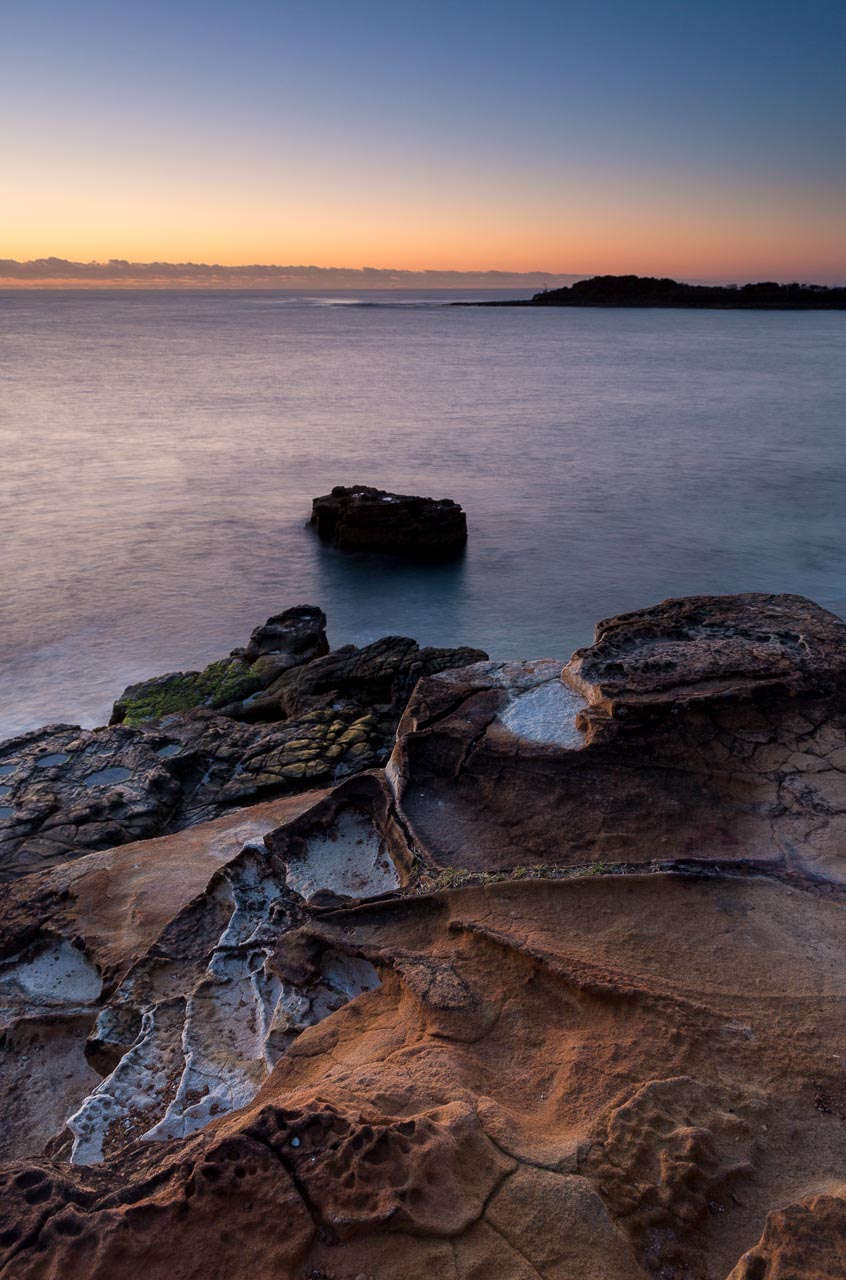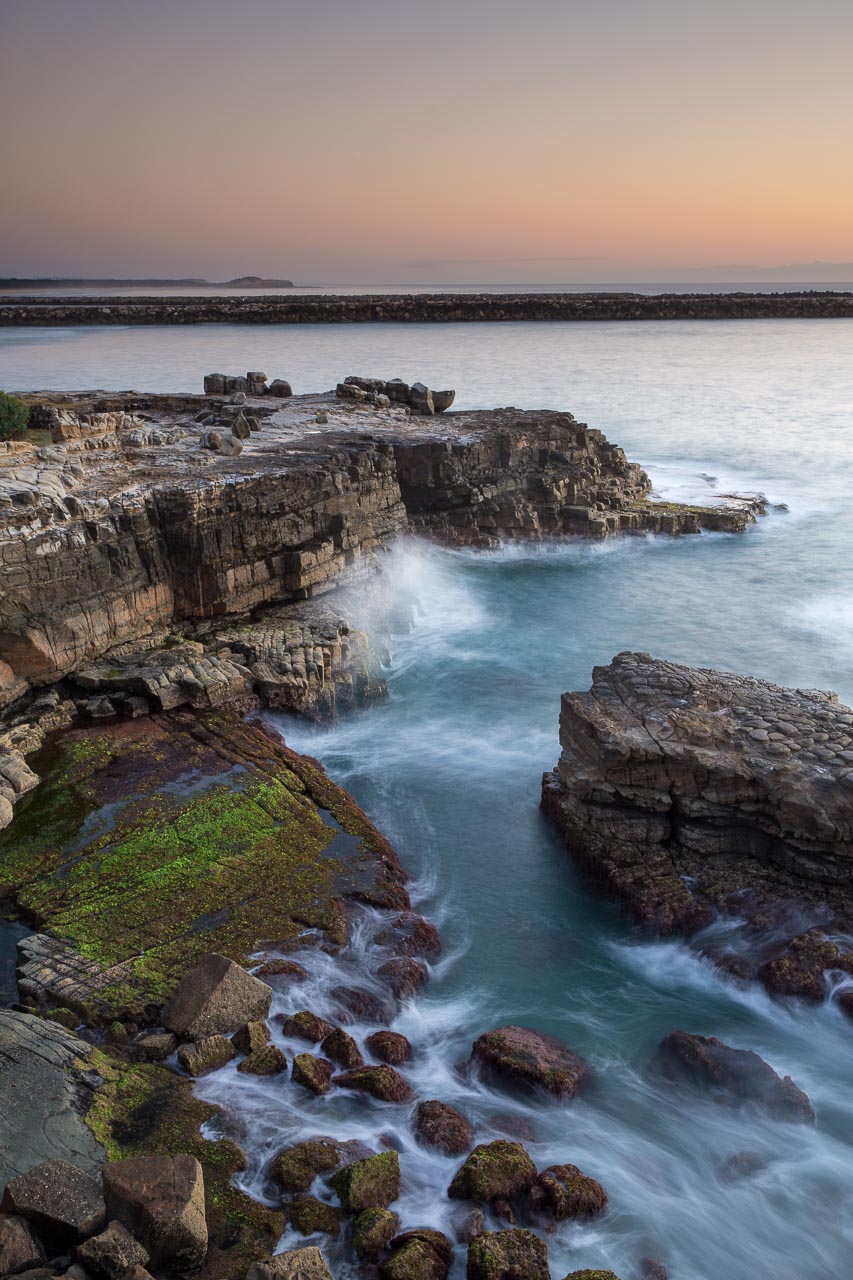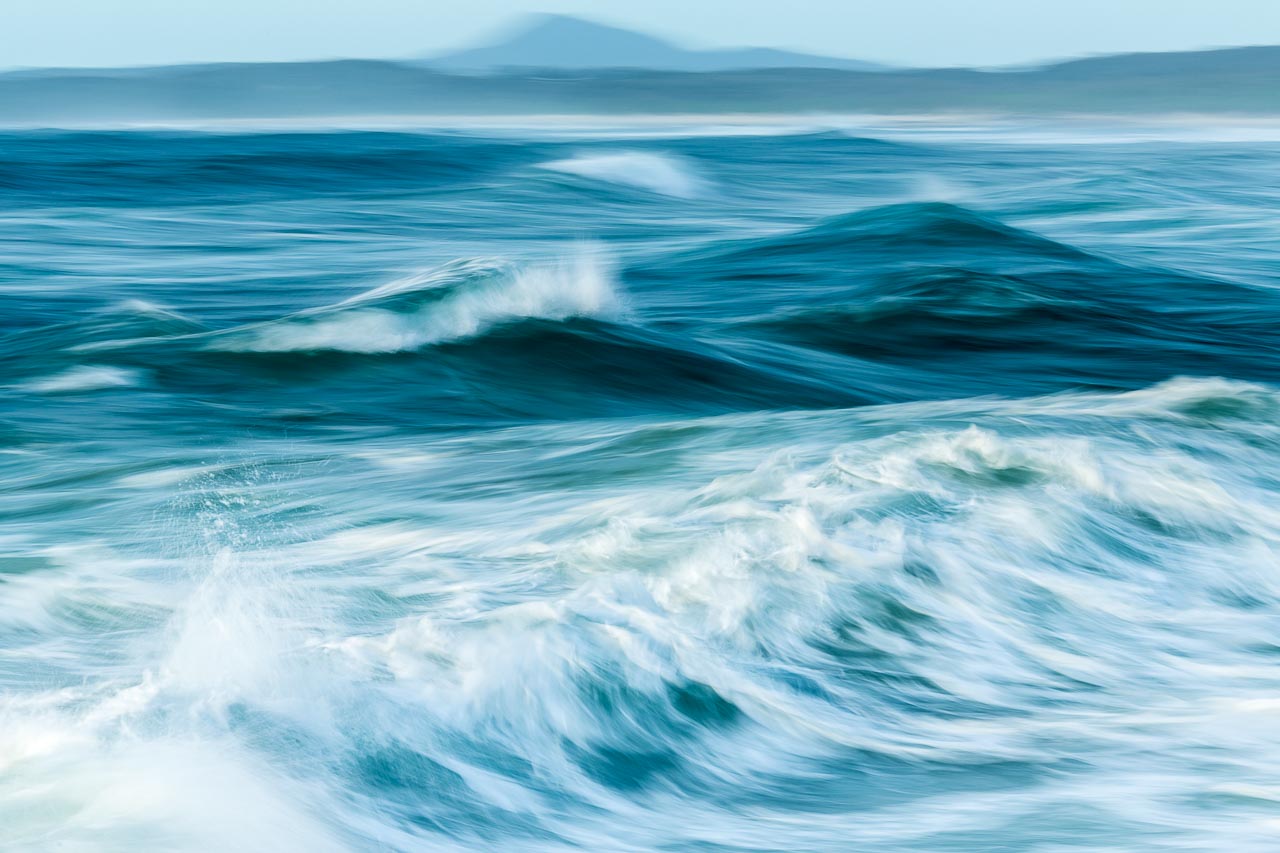Last month I missed the full moon by a day. The following evening I watched it rise an hour after sunset into darkness. It was quite magical. I determined I would go out on the next full moon, rising mere minutes before sunset in the hope of something interesting.
June's full moon is called the Strawberry Moon. Not, as it happens, because it turns pink as many are led to believe. Rather it's the name given by Native American Indians because it marks the start of the strawberry picking season (see here or here).
I've spent a lot of time back on the beach at Angourie since that night, mostly around Mara Creek. My first inclination was to return to there. I have something in mind for a rising full moon with the creek rippling in the foreground. Yet I was concerned that with so much time spent there recently I might end up making something derivative of the rest. I almost felt like I'd gone too far down a tunnel and might be becoming blind to other possibilities.
Deciding that a change is as good as a break, I chose to go to a different location. I say different but it still a familiar location as I tend to revisit the same half dozen places local to me that I've developed an affinity for.
I thought back to an image I made in March that I titled Eternity. This was made just a bit further north, on the rocks by what are known as the Blue Pools. The shot then was of a near new moon just before sunrise, sitting above the channel through the rocks. I wondered if I could use these rocks and that channel in a similar composition with the full moon rising. The key question of course was would the moon be in the right position this time around?
I like to use The Photographer's Ephemeris (http://photoephemeris.com/) on web and iOS to help me plan my photographic outings. However on anything but a grand scale the maps lack the resolution to see a particular composition. Typically I use TPE to give myself a high-level understanding of where the sun and moon will be, and so how it might interact with the landscape of a location.
Normally I know the location, and can fuse the knowledge from TPE with my experience of a place to reassure me of its potential. I think of myself as a 'finder'. By that I mean I like to go out and find things for myself. I find it can be difficult to repeat shots I've made before as so many elements tend to be different - light, weather, tide, my mind - and so try to find fresh things each time.
But on this occasion I wondered if I could improve on or, more accurately, create a complement to Eternity. I decided to use TPE to reverse engineer the photograph to see if a recreation might be possible. The photograph's metadata in Lightroom told me that I made that photograph at 06.14 on 19th March. TPE lets you see the sun/moon position for any time & date in the past or future, so I rewound the TPE clock back to 19th March. This told me that the moon was 90.1 degrees. Fast forward to Tuesday 2nd June, and the moon would be rising at 109.7 degrees - almost 20 degrees difference which I knew meant the same shot wasn't possible.
[A less instinct led and more scientific based approach would probably consider the angle of view (Aov) of the lens I was using (Zeiss 21mm) to determine quite where the full moon would be in relation. But remember, I'm a finder!]
As another check, I opened up another photograph from this spot, this time looking further south. In TPE I dropped the secondary pin on Angourie Headland which is visible on the horizon. TPE told me this was at 137.8 degrees. So the moon was going to rise towards the left hand side of this photograph. With the channel still prominent in the foreground here I was reassured that even if my initial idea wasn't going to work that I could make something of it.
My final part of planning was checking the tide. Whilst there are many possibilities in the rocks at this spot, given I was after a 'certain look' I wasn't sure I could fulfil my own brief. More importantly, these rocks are prone to getting battered by the sea and rogue waves occasionally wash right up the rock slabs. Angourie translates to "Noisy Ocean" and is a surf reserve for good reason! If the sea didn't behave, I might not be able to get to the rocks in question and even if I could I might not be able to move freely on them.
Comparing the tide tables for 19th March and 2nd June I could see that the tide would be lower and that I should be ok. I packed the car and drove the mere 5km down the road to Angourie.
Upon arrival, I noted a layer of cloud on the horizon that would assuredly block the moon's initial rise. Despite clear skies forecast and above me it's always what's on the distant horizon that catches you out.
I managed to get onto the rocks I wanted without problems, and started setting up. I checked out the channel and there were a few potential compositions as well as confirming that my original composition wouldn't work (using TPE on my phone I could see the moon would be out of shot). I don't tend to get too fixated on a certain composition, set-up and wait. When photographing by the sea possibilities come and go by the minute and you may even find your position swamped by the time the 'big moment' arrives. I tend to spend time looking about to find different possibilities rather than fixating on one shot.
Part of my finder instinct is that if something catches my eye I go for it. Quite often I go out with one idea of what I'll photograph and return with something quite different. So it was here as I watched the big waves rolling in, the light of the setting sun catching their spray as it filtered through the palm trees behind me. I pulled out my 100-400mm lens and started adding to my series of "Waveforms", a combination of "short long exposures", panned and ICM wave portraits.
As the moment of moonrise approached, I switched back to the 24-70mm and started to re-check compositions along the edge of the channel, paying particular attention to the sea. The tide may have been further out but with a bigger swell than in March the waves were still coming some way up the rocks, ruling out some shots I had sighted close to the rock's seaward edge.
As the moon breached the distant blue cloud and moved into the pink sky, I took a few telephoto snapshots with my Fuji XT1 before returning to my Canon set-up on the tripod. I made a series of shots as I worked up and down the channel, until the sea pushed me back and the colour faded from the sky. The resultant shots were not quite what I had originally envisioned, but made for a worthwhile trip. I've fallen in love with moonrise, it feels like a truly magical moment. Next month I shall probably try my luck down at Mara Creek.


